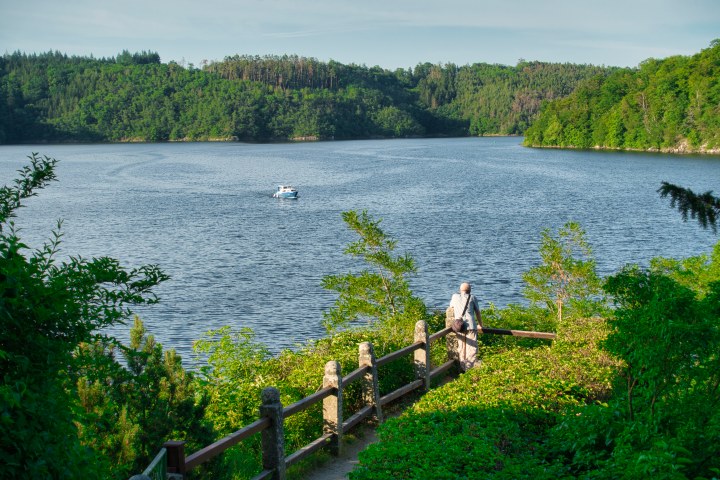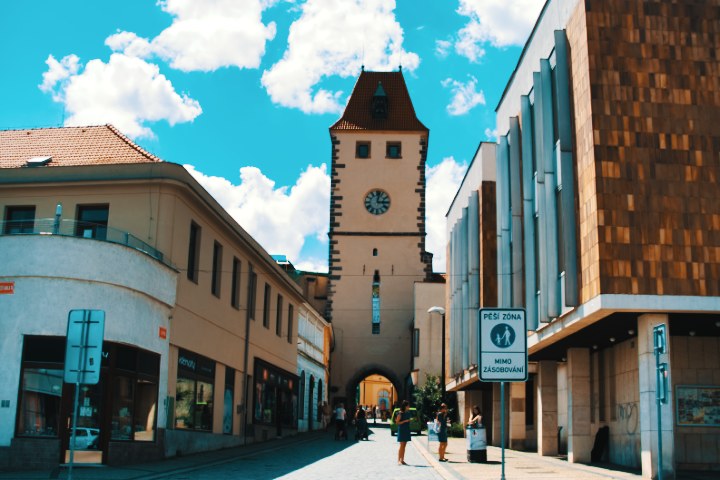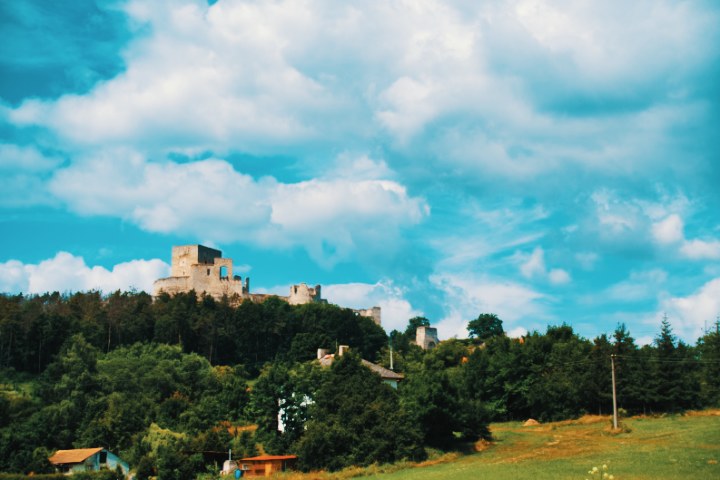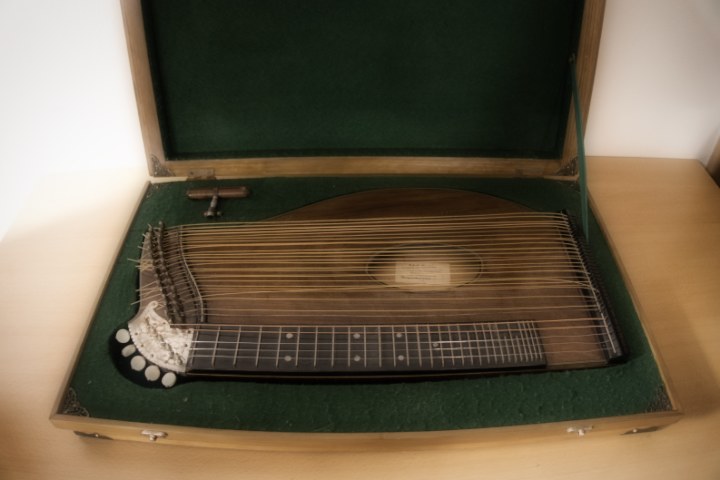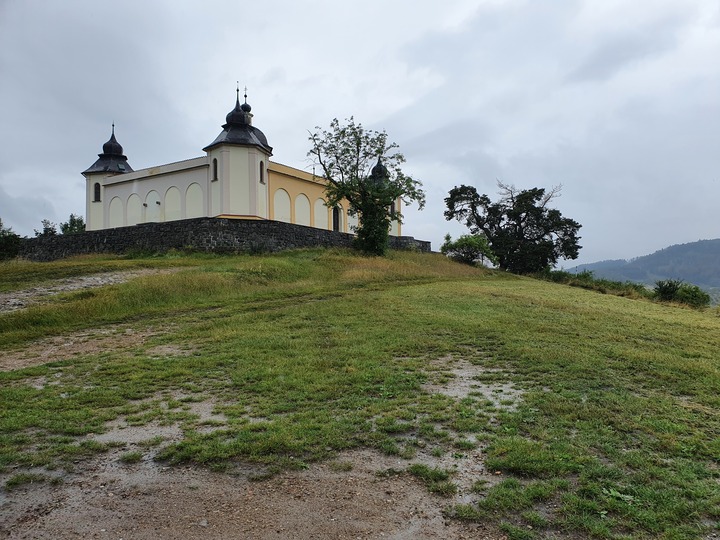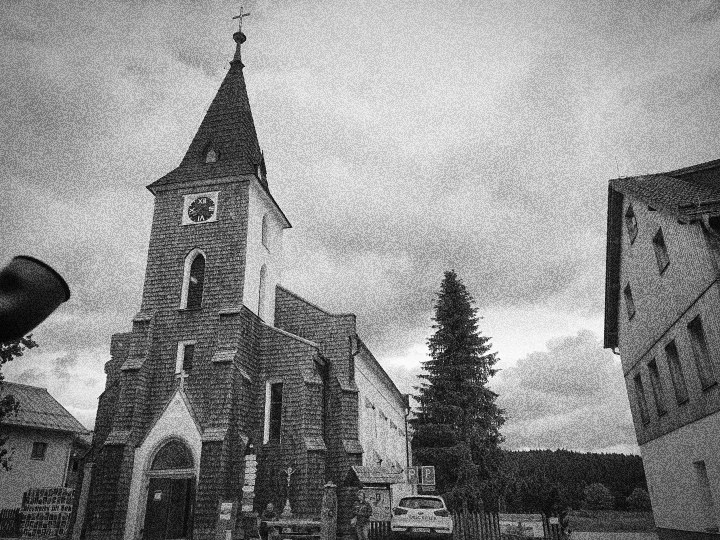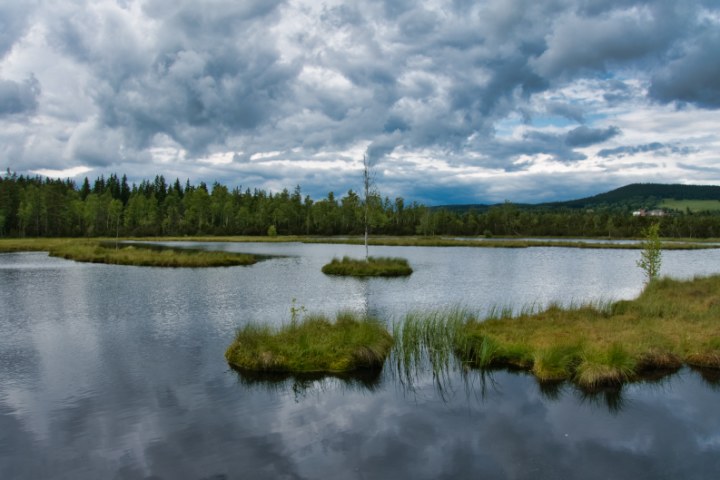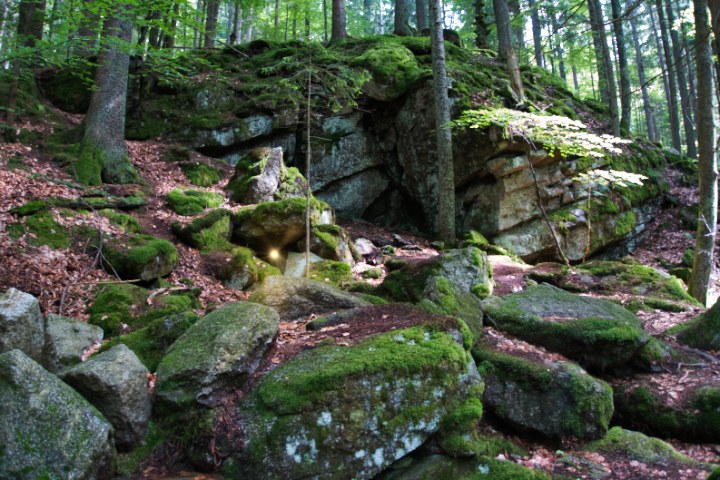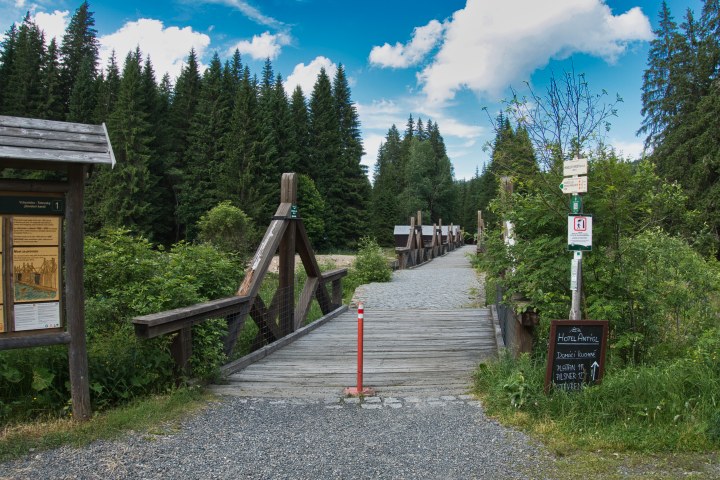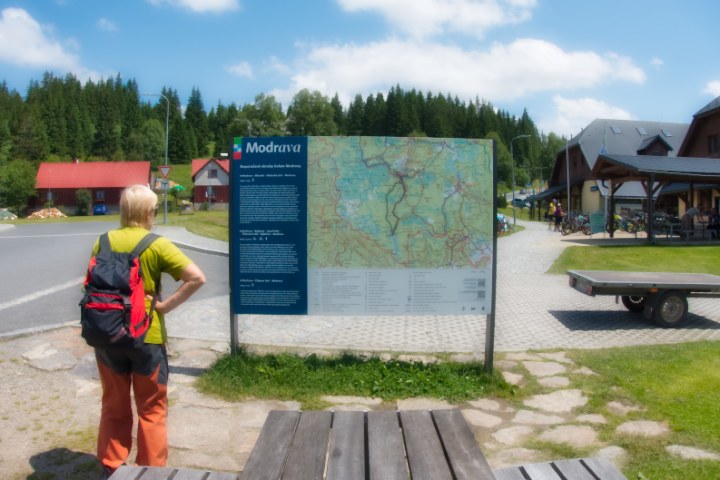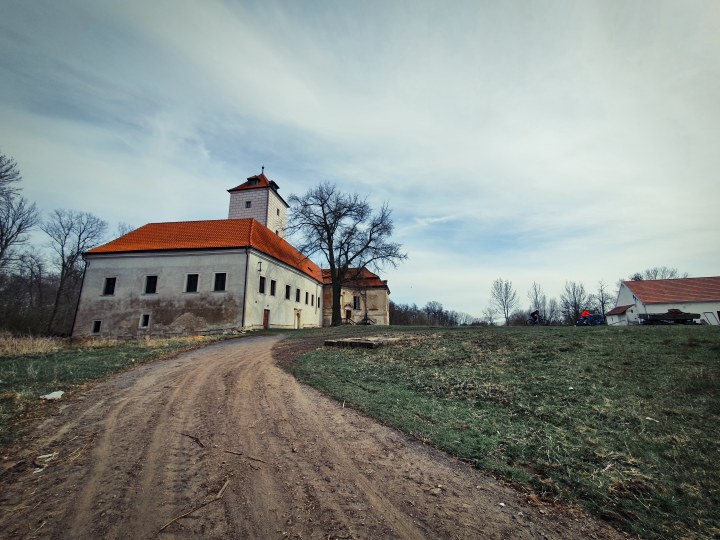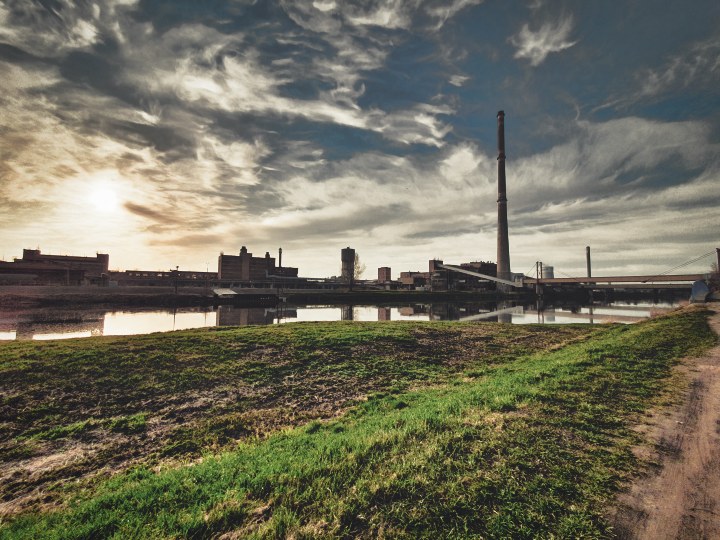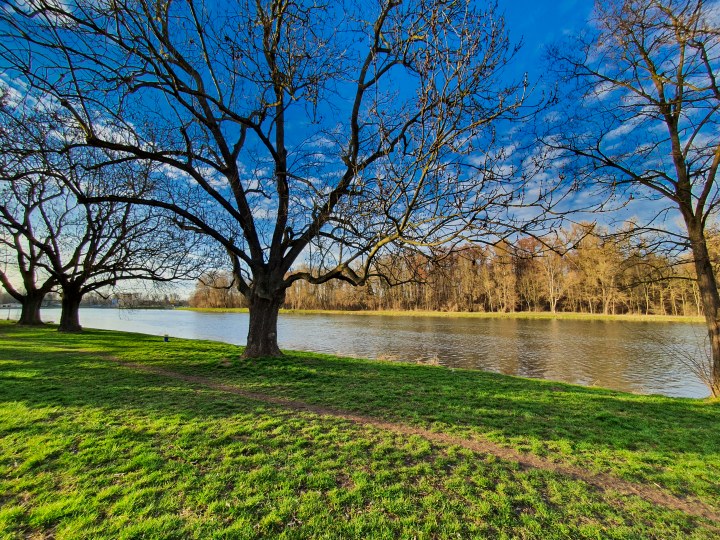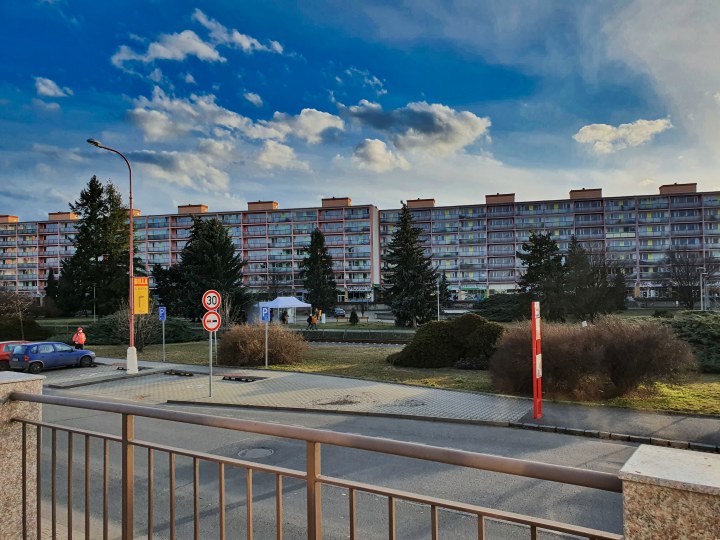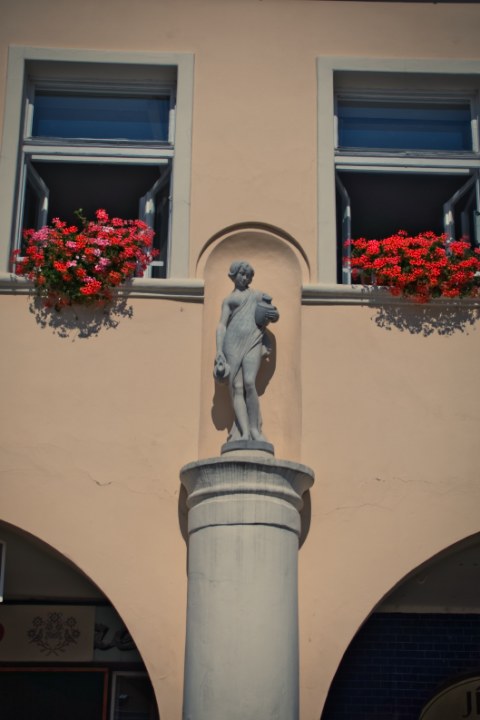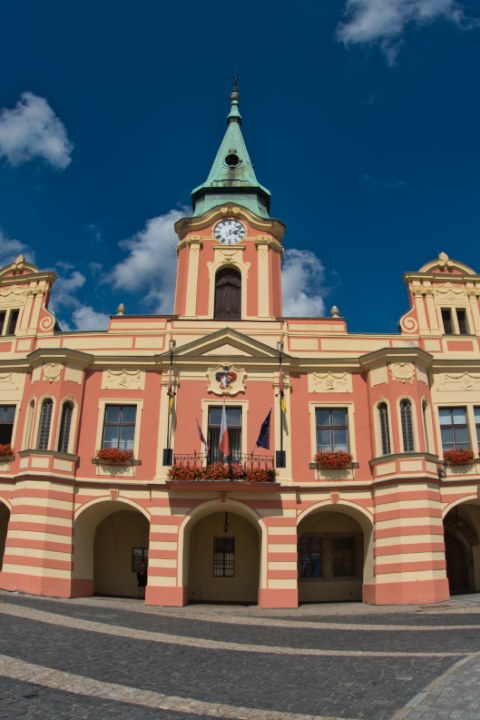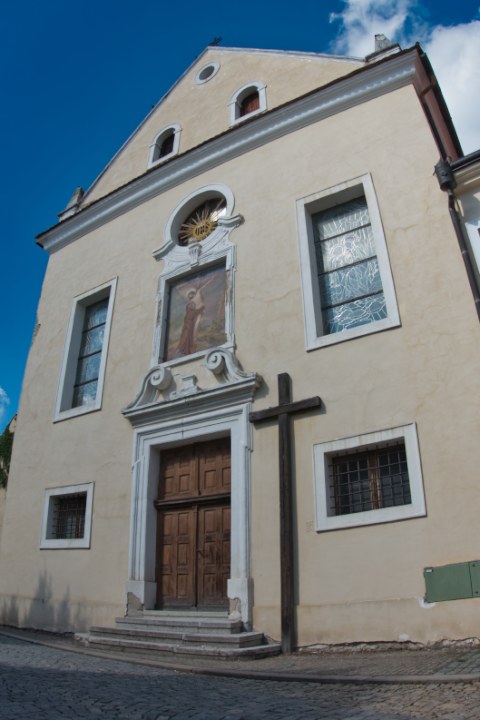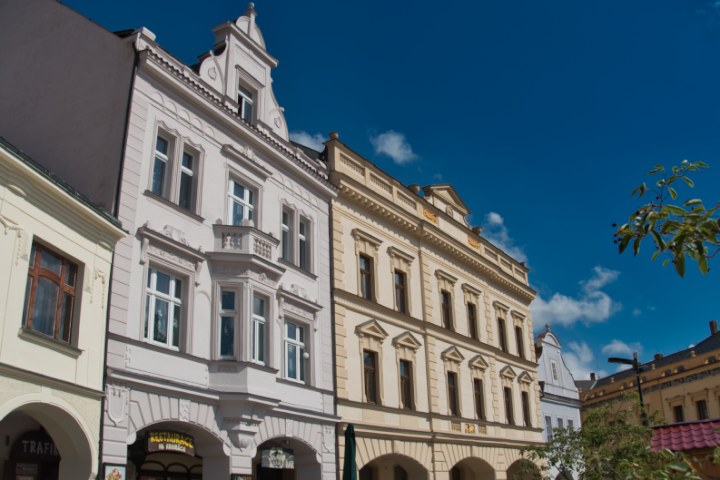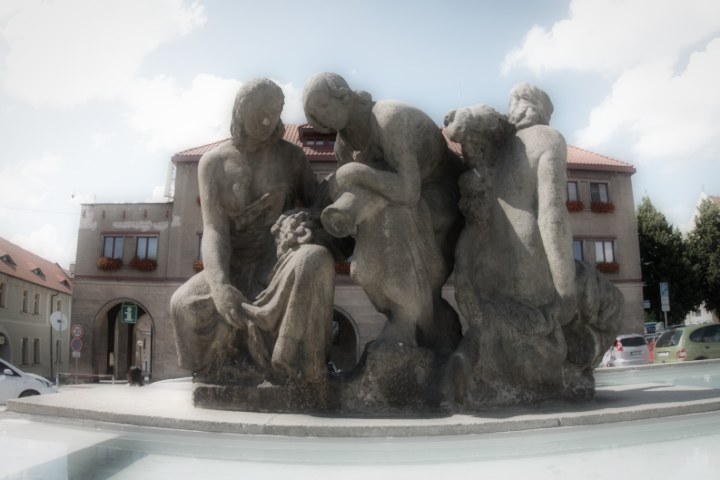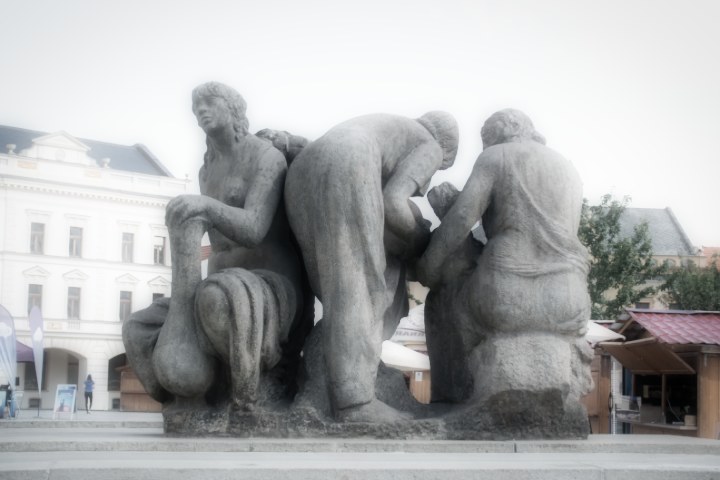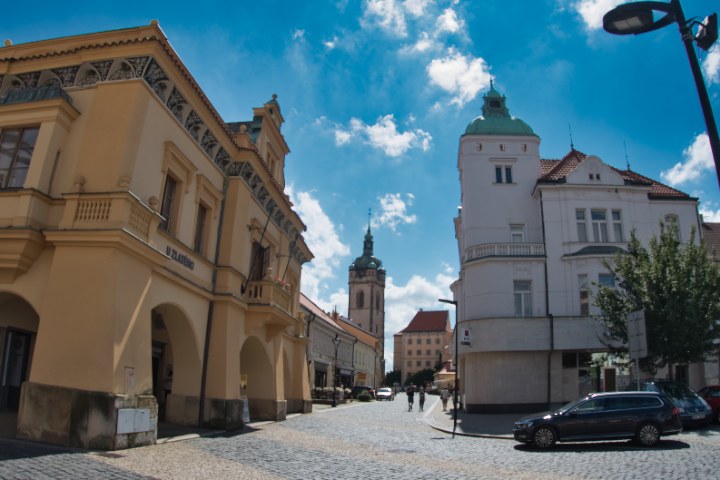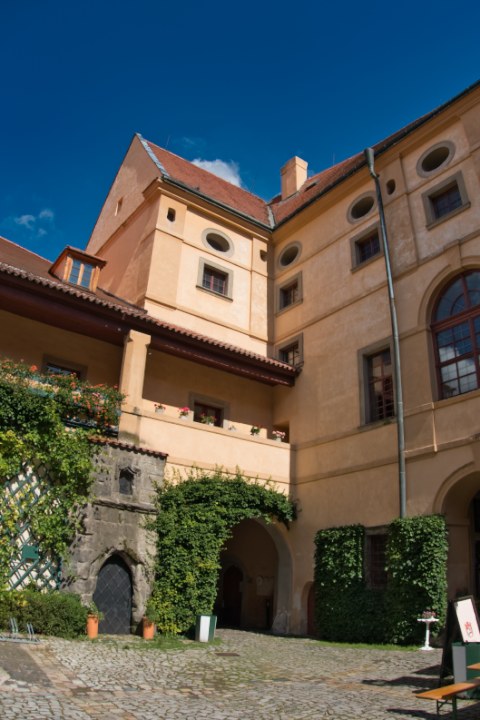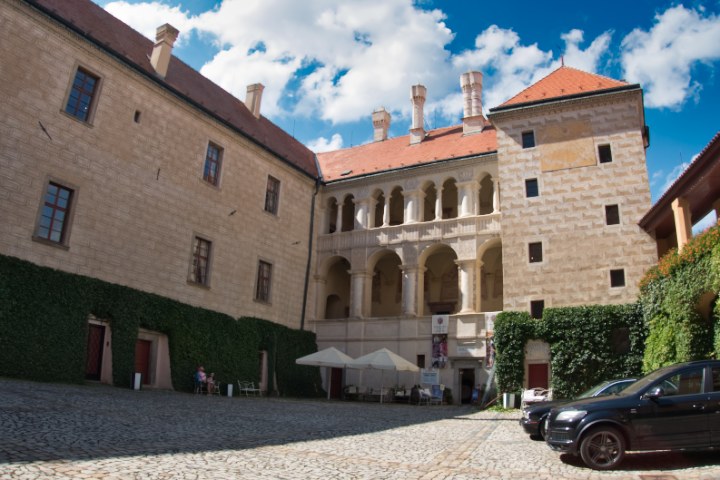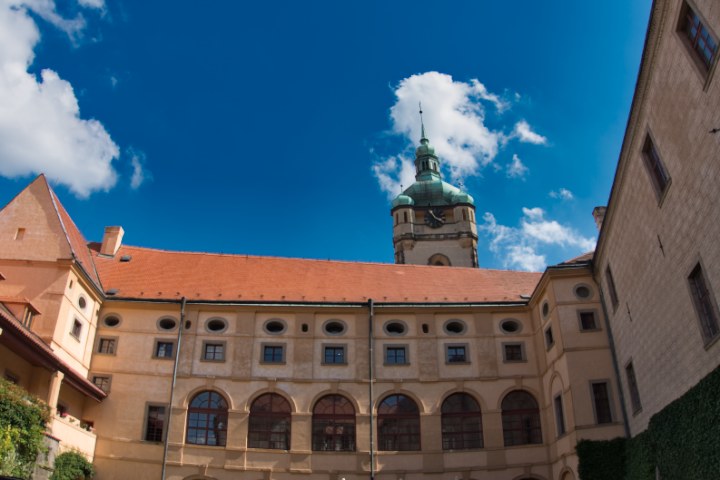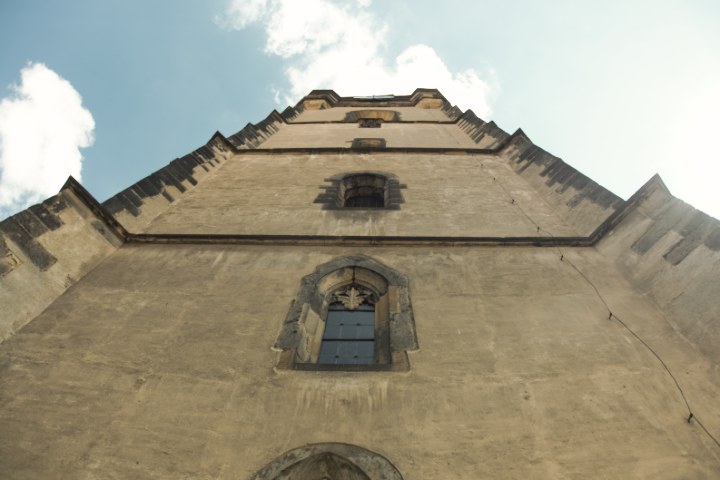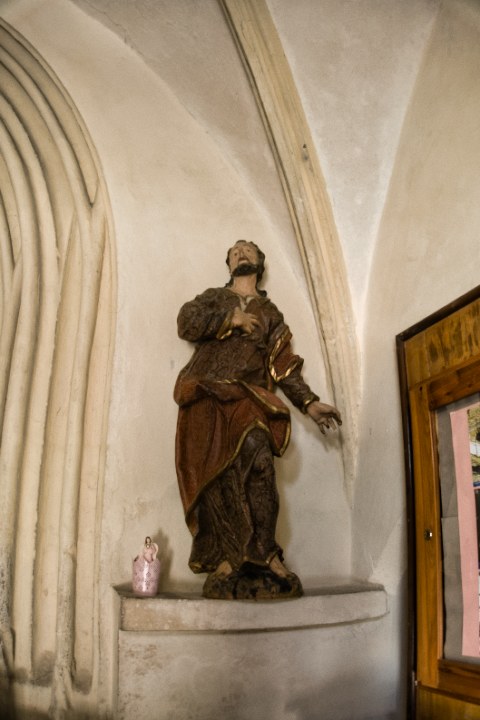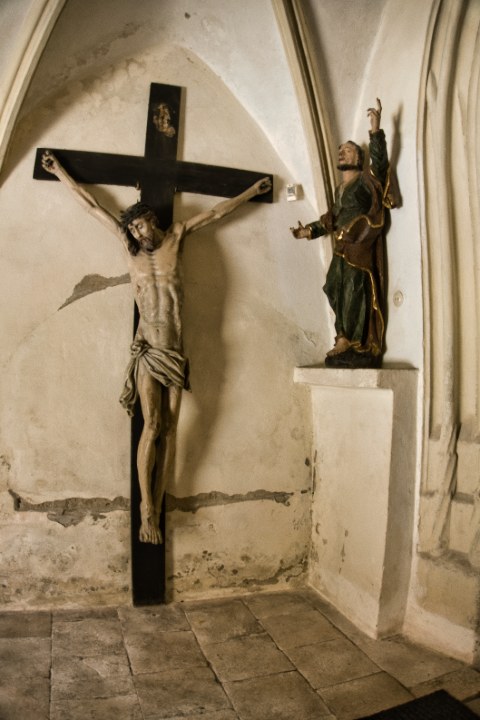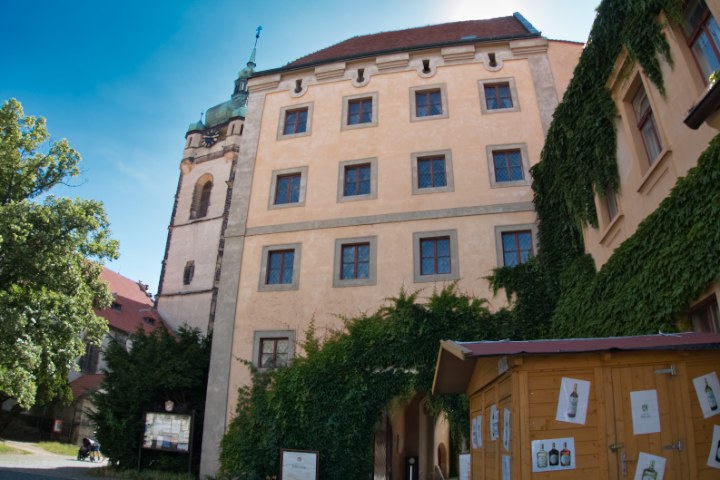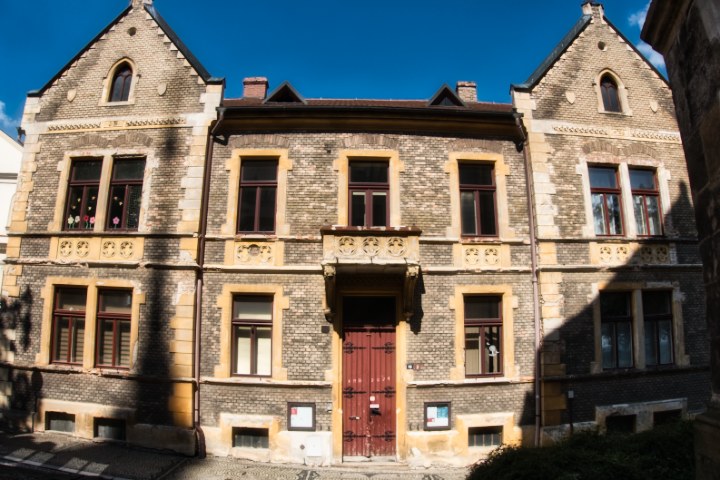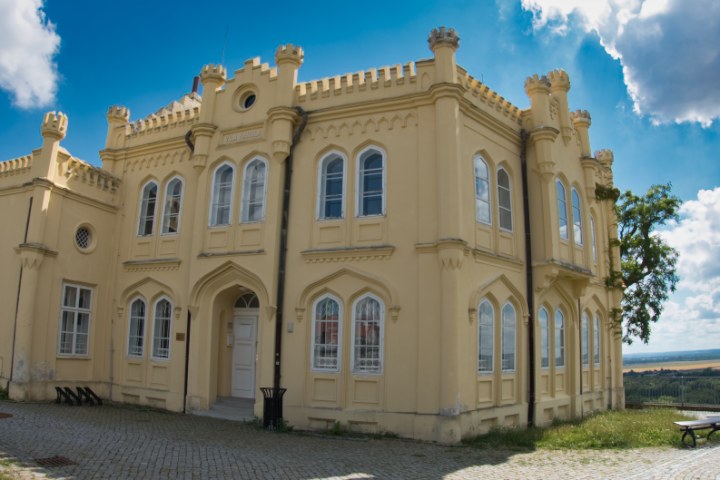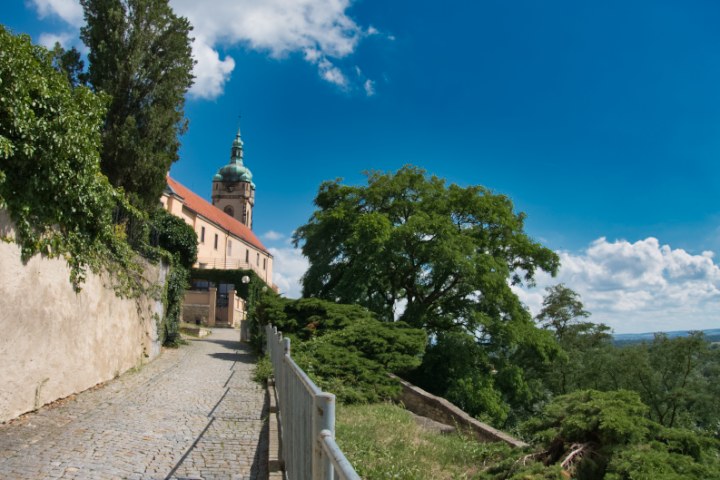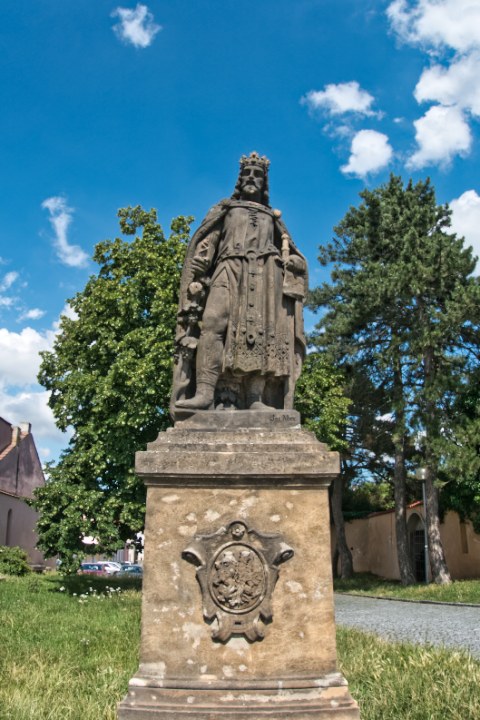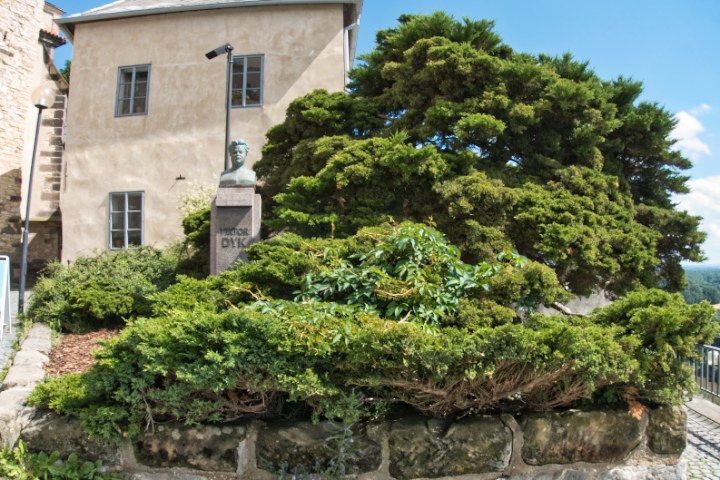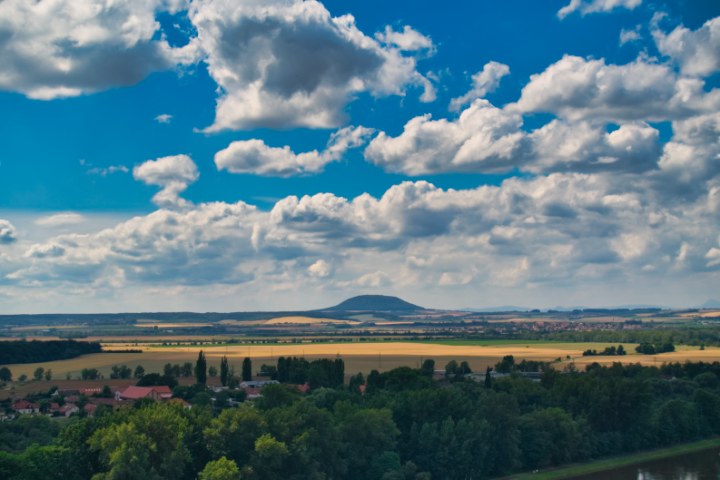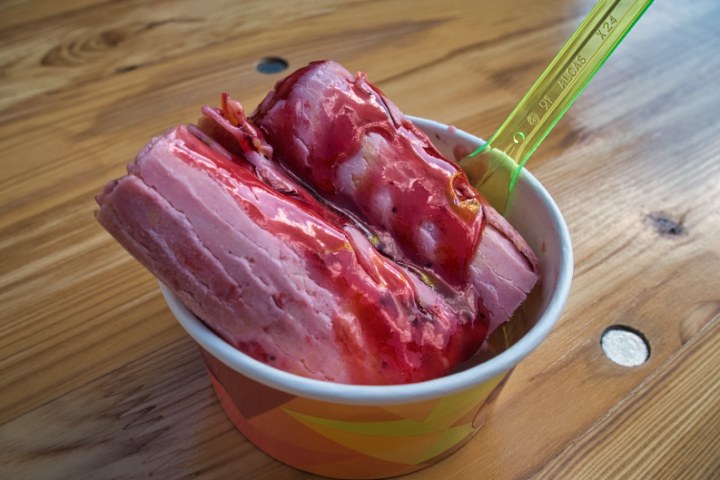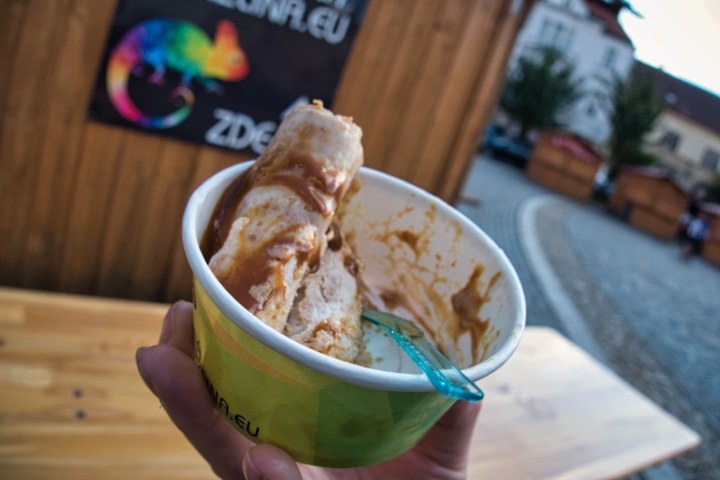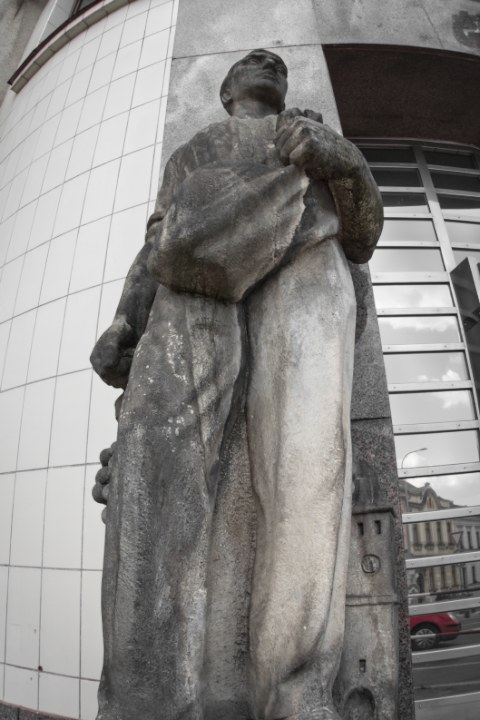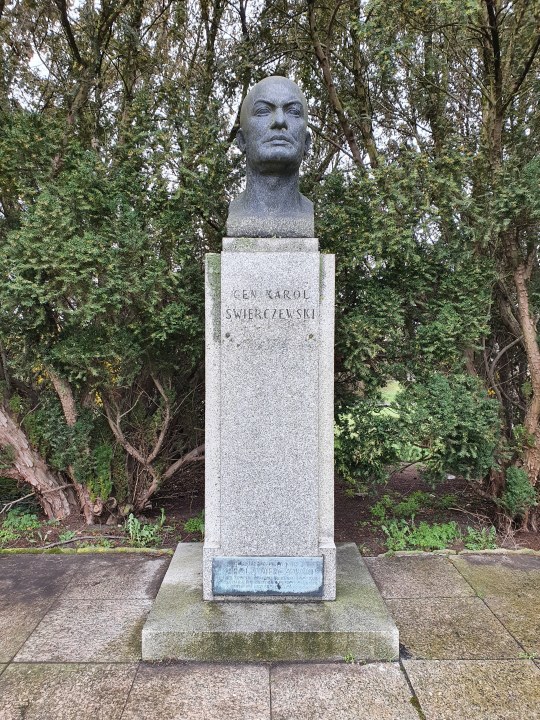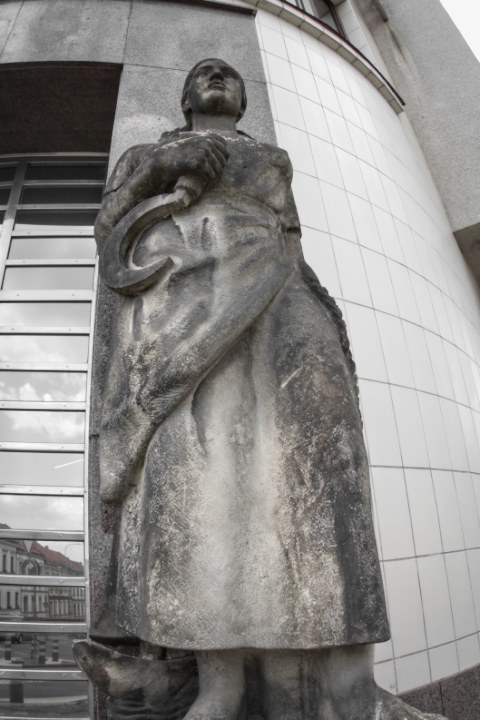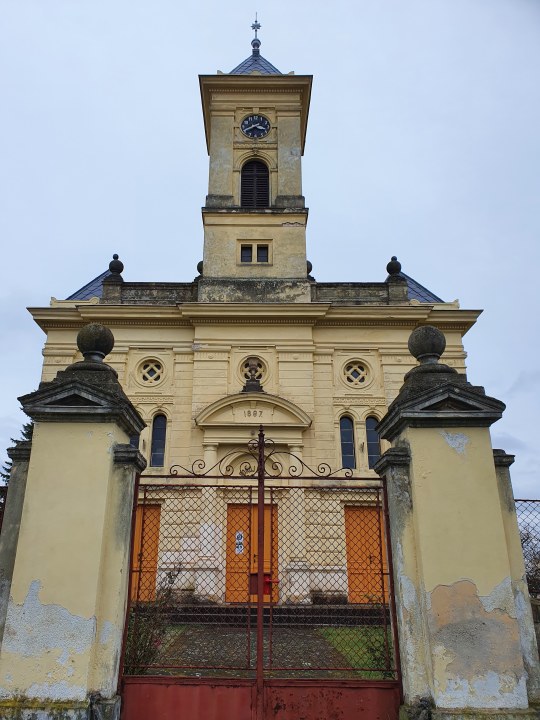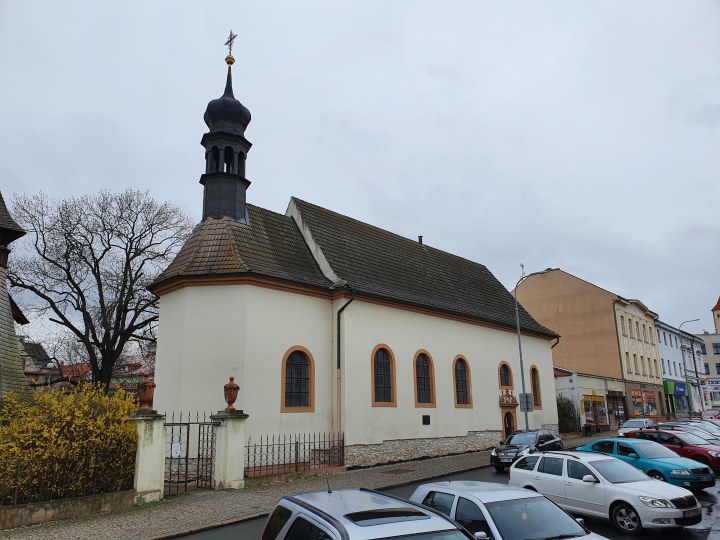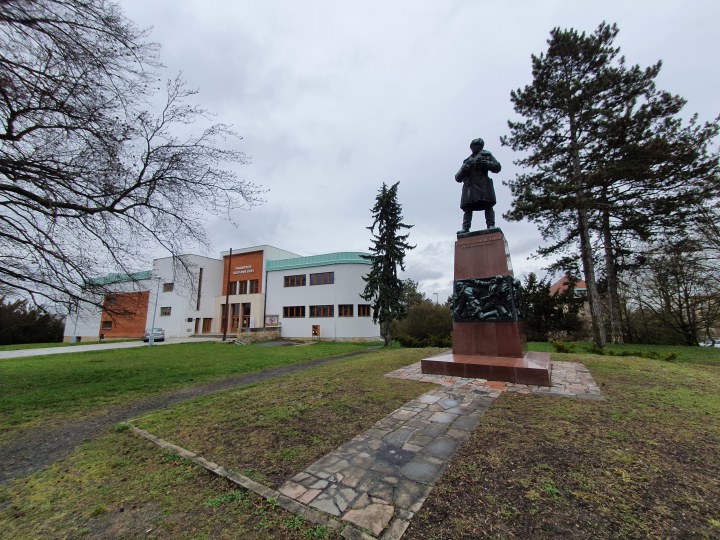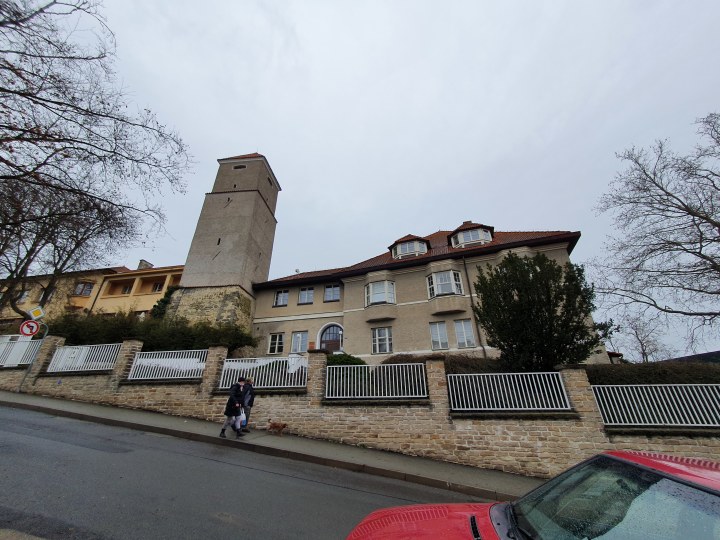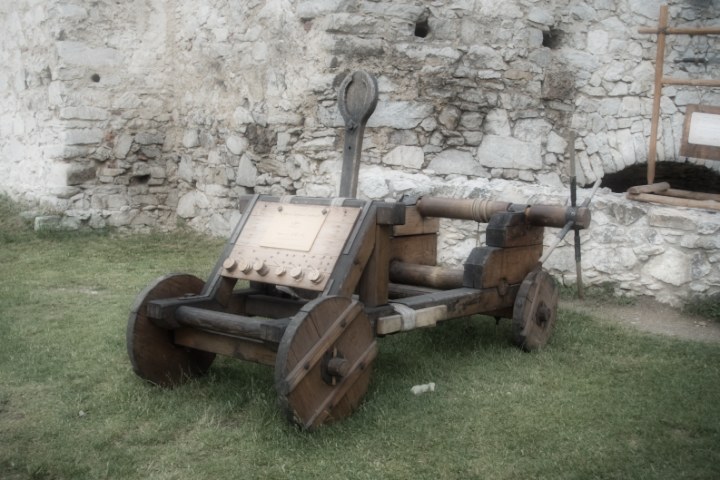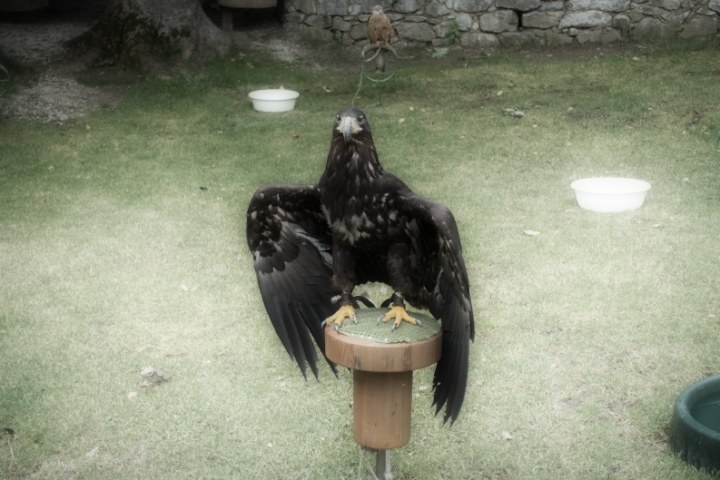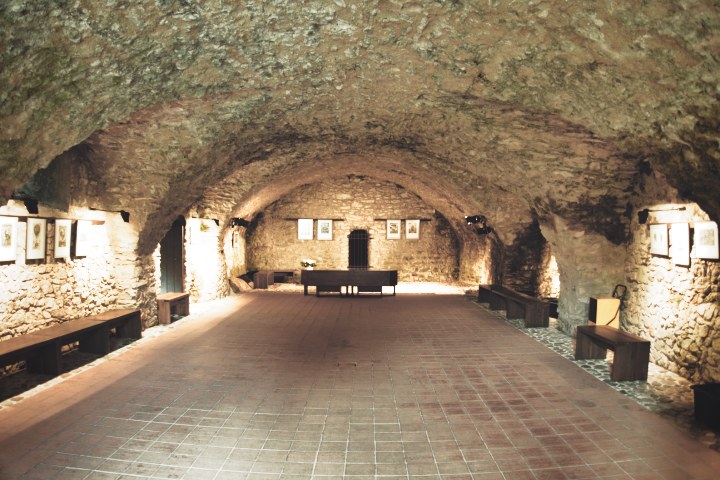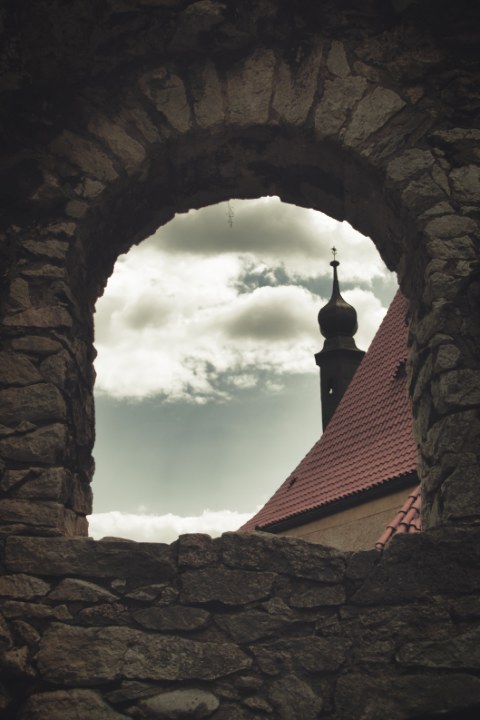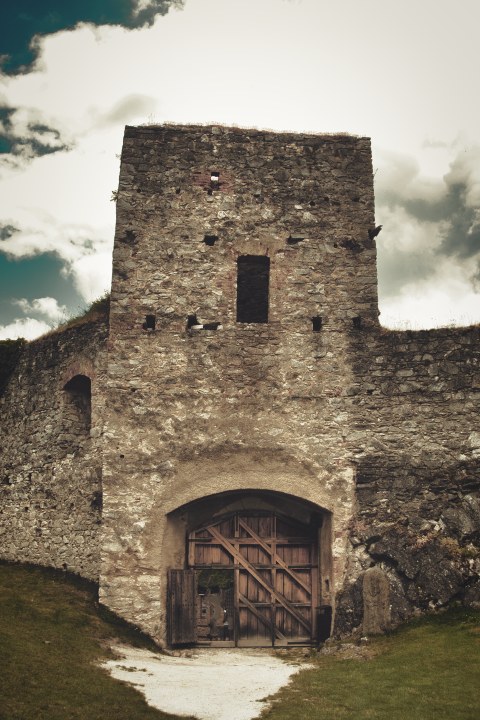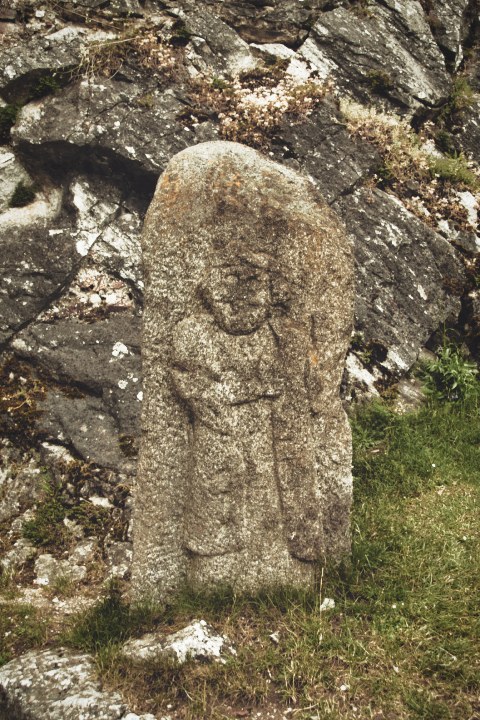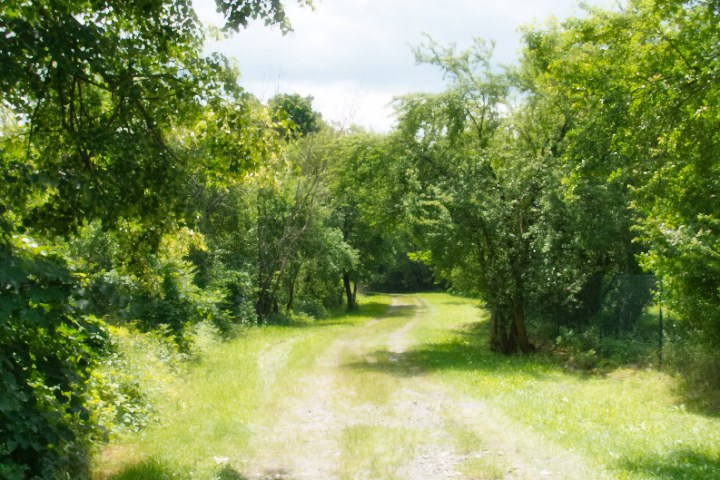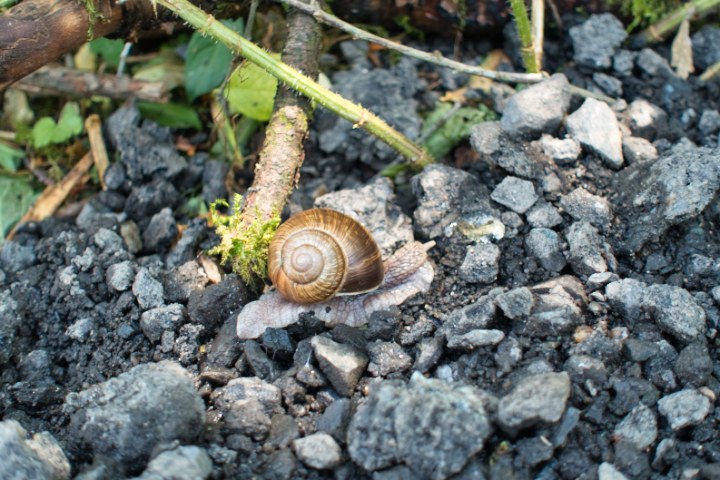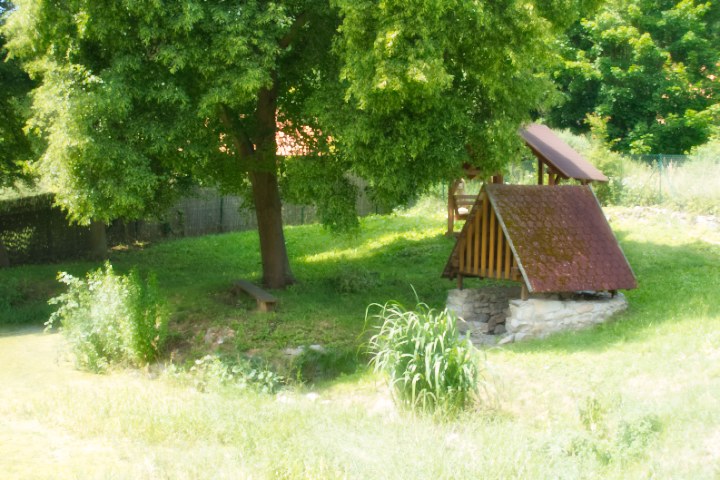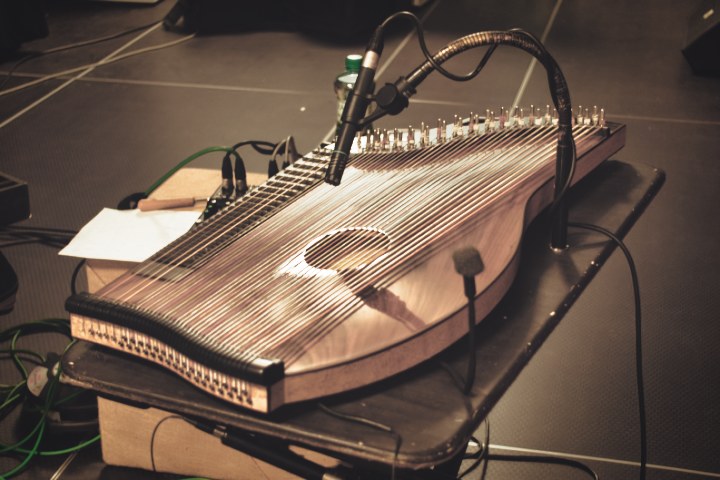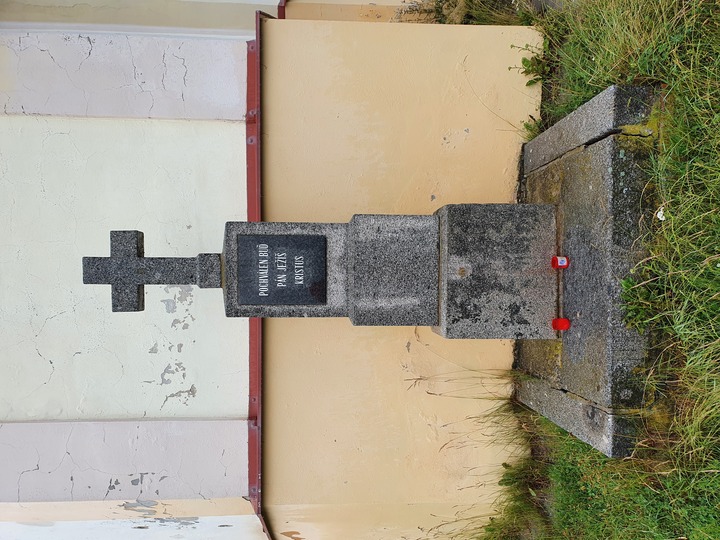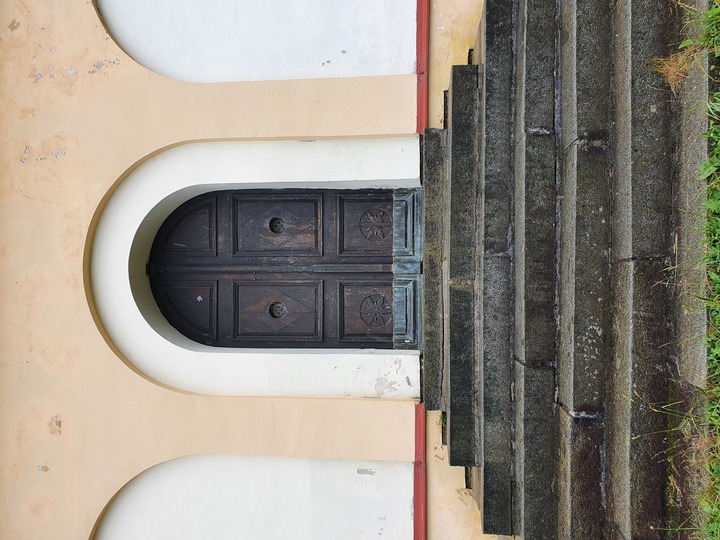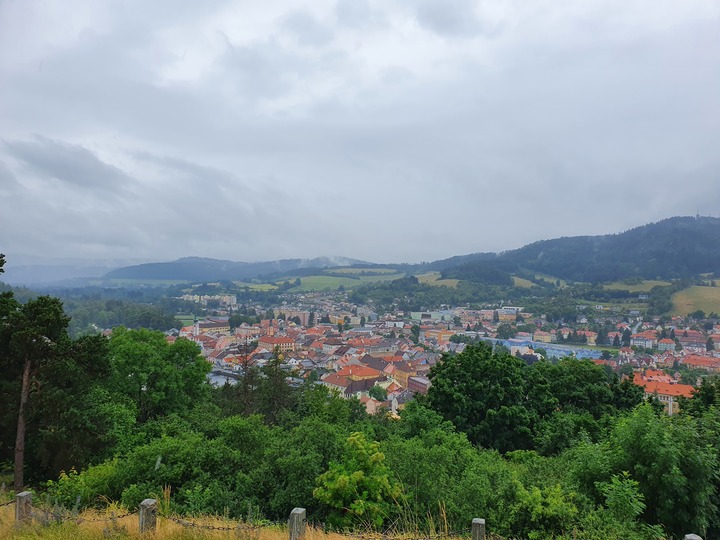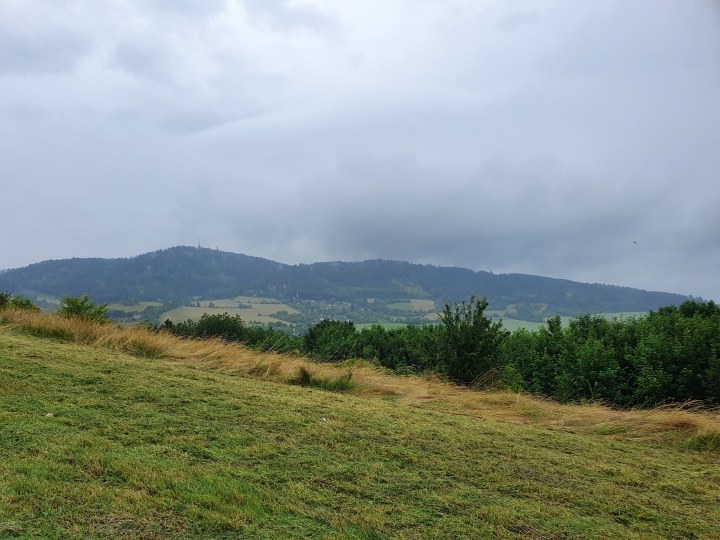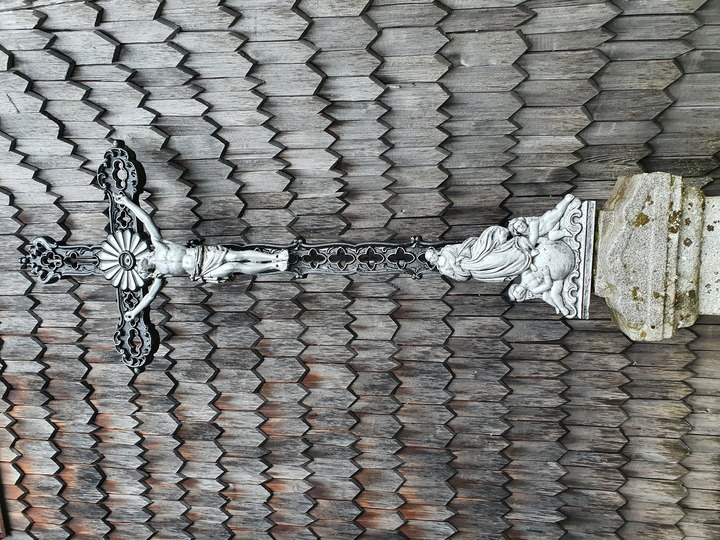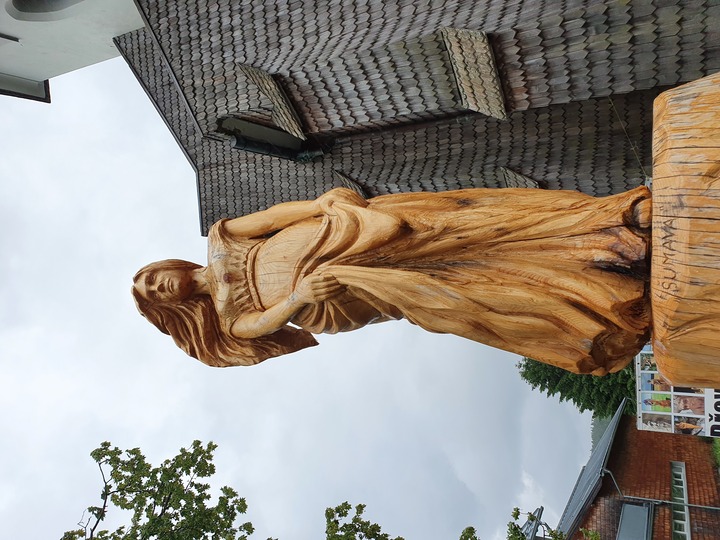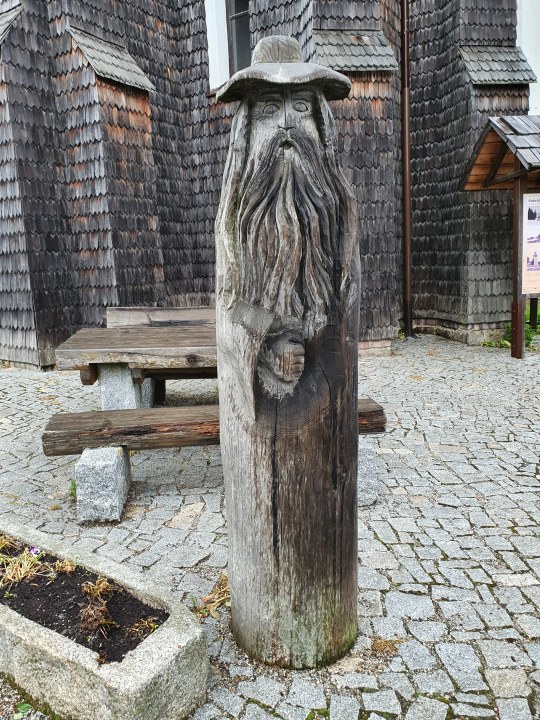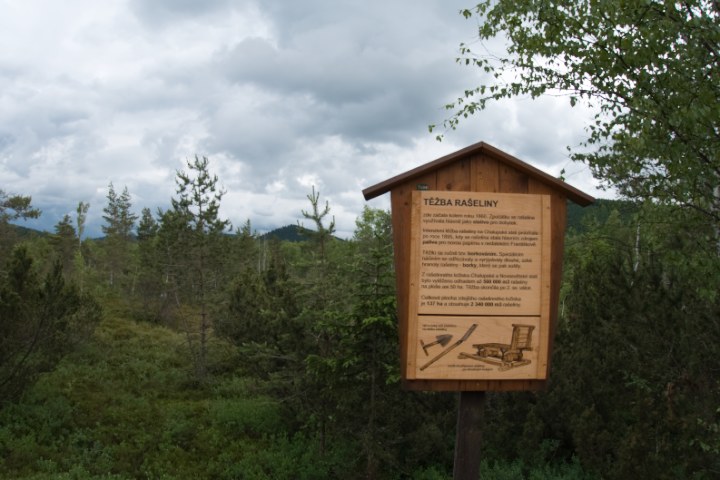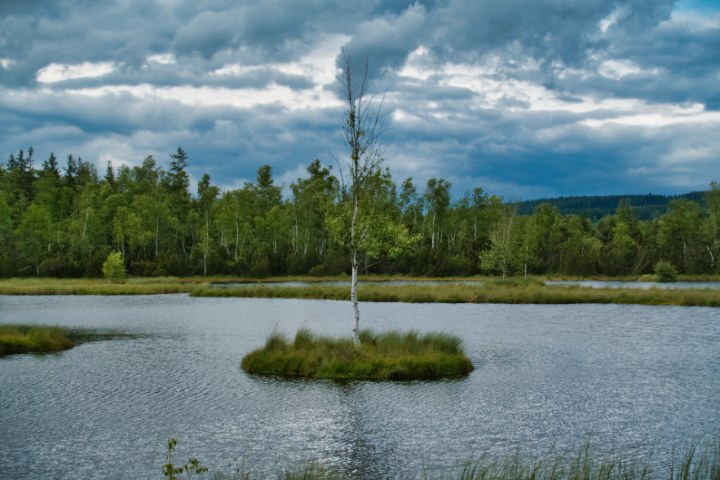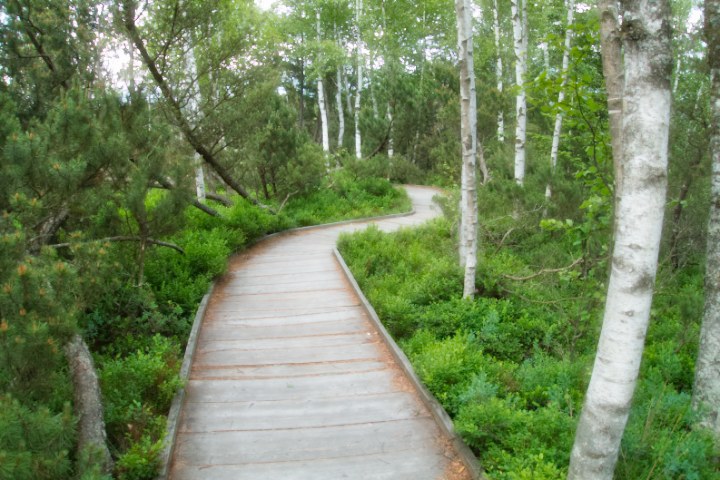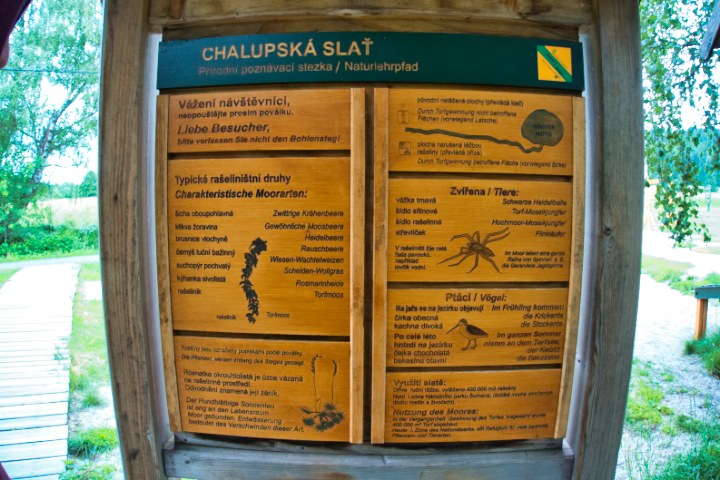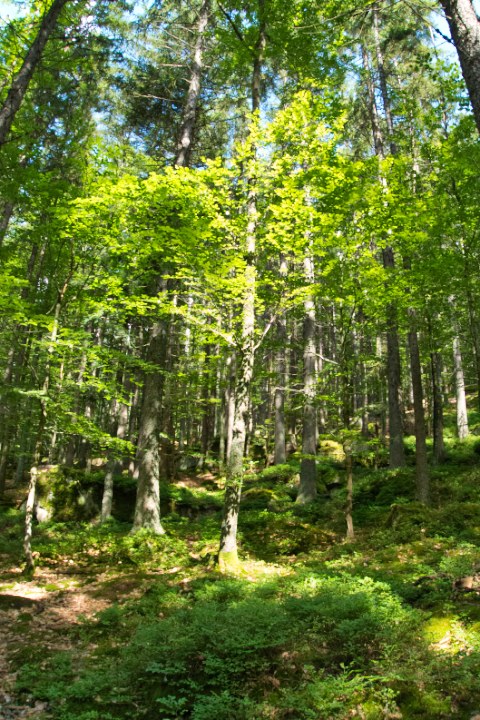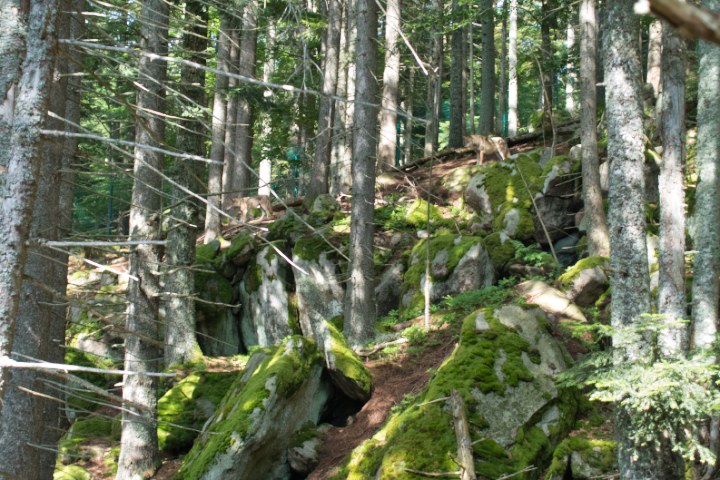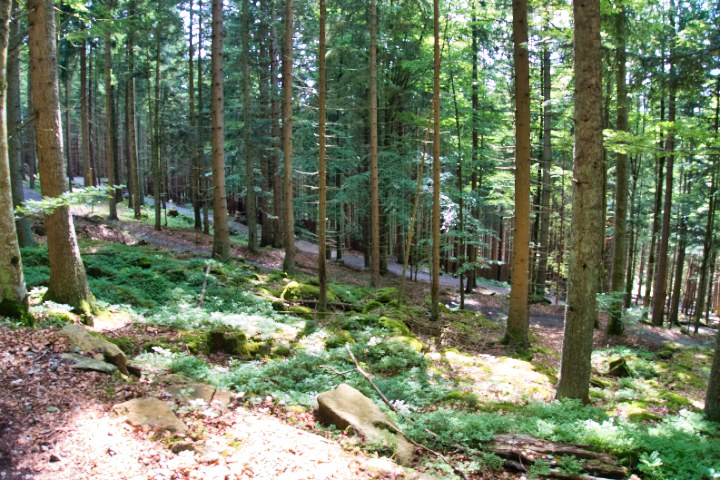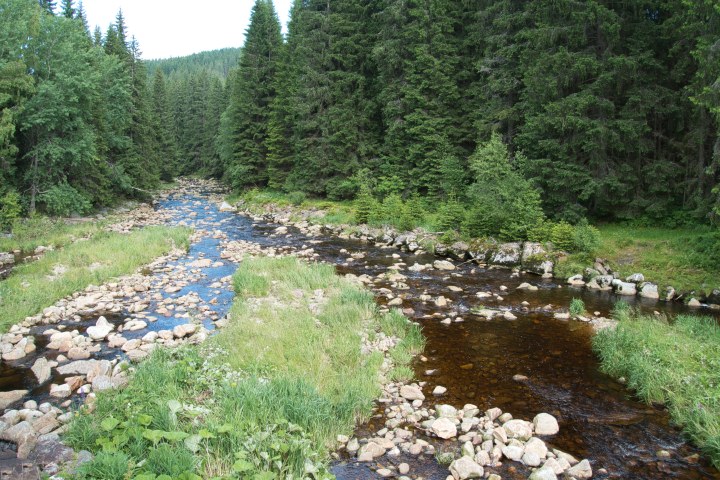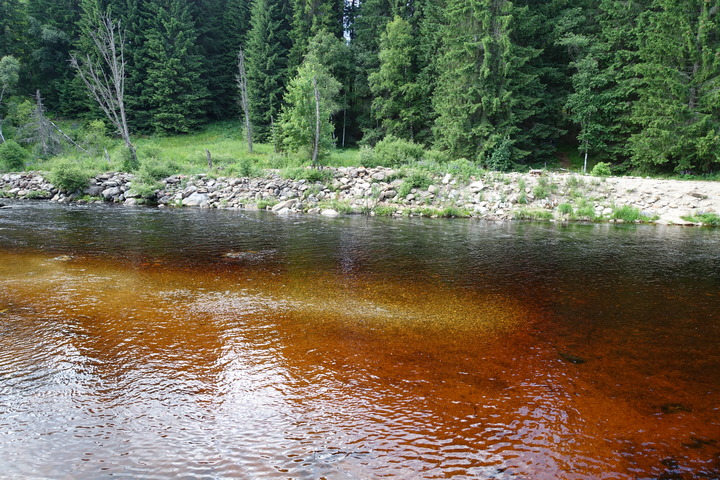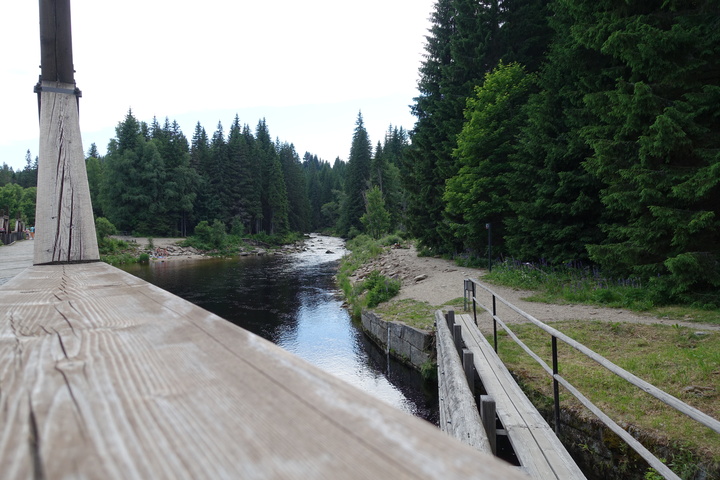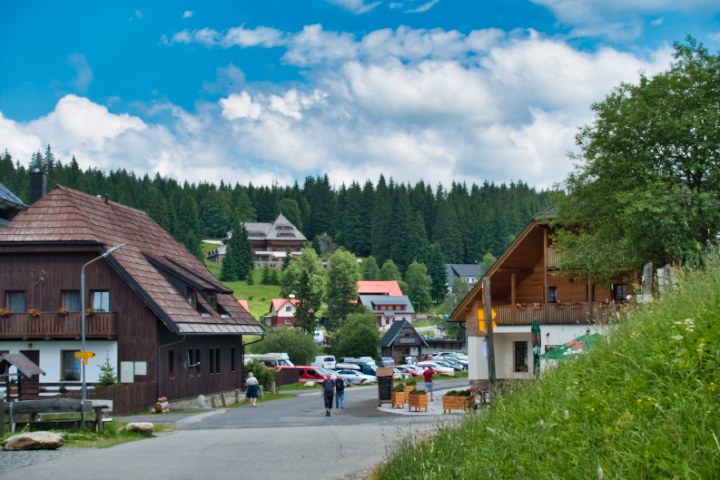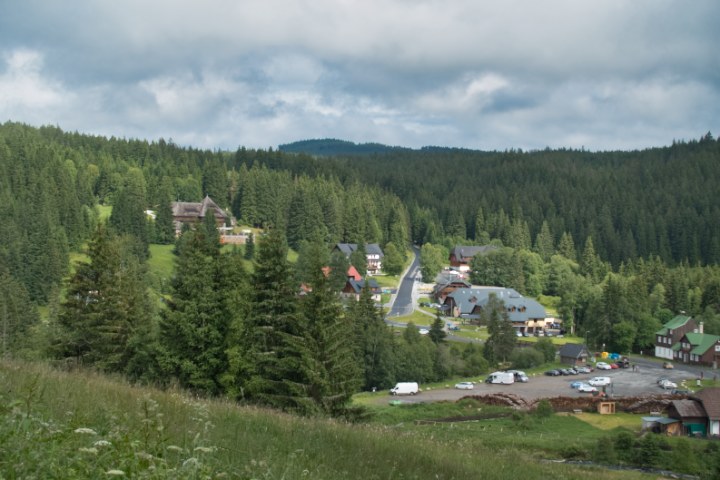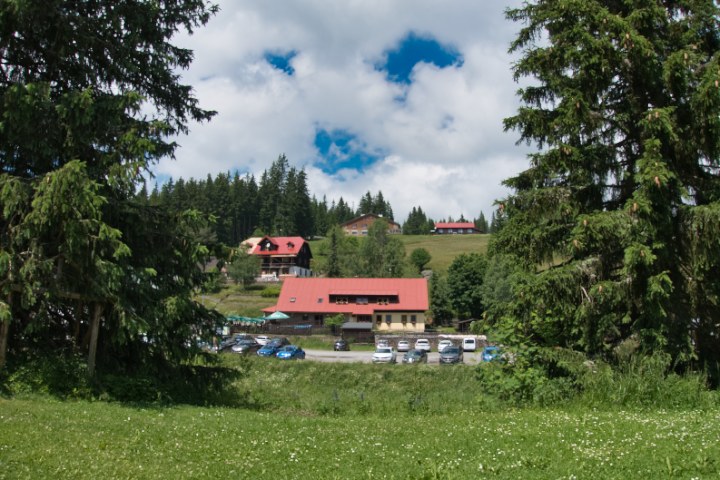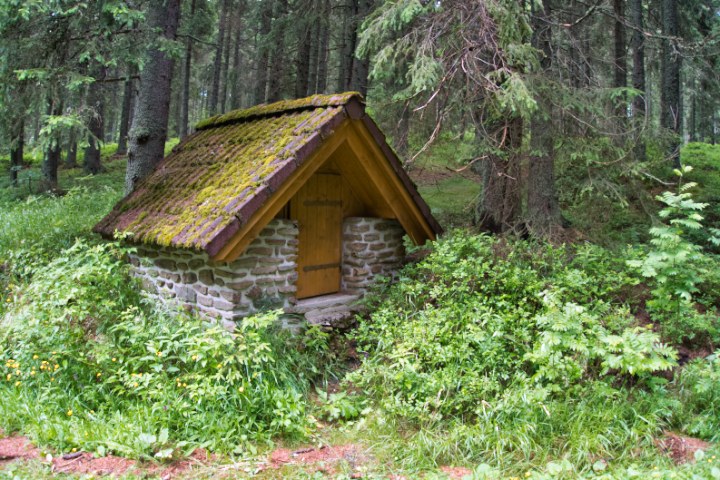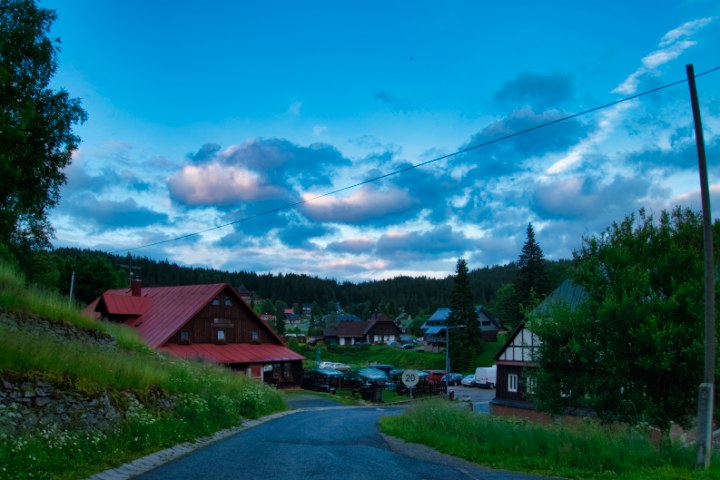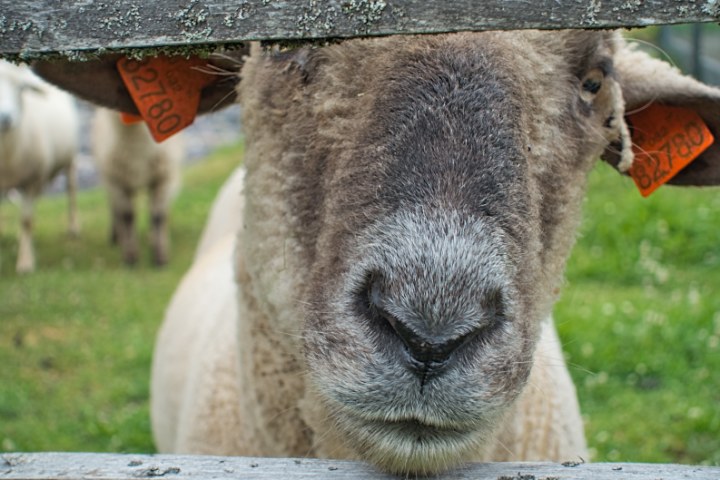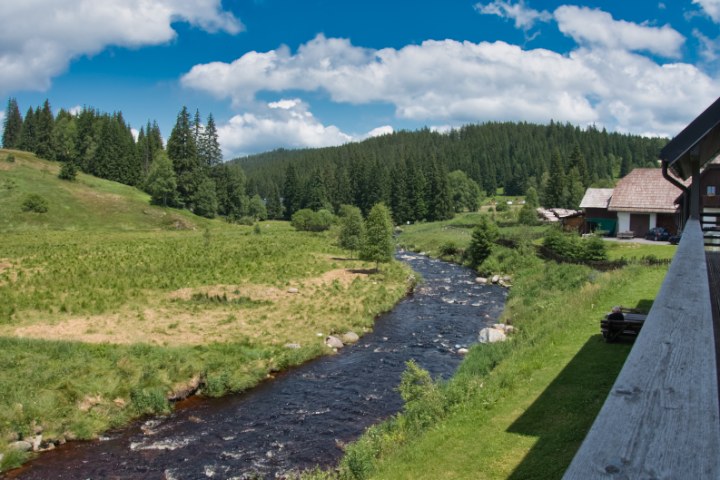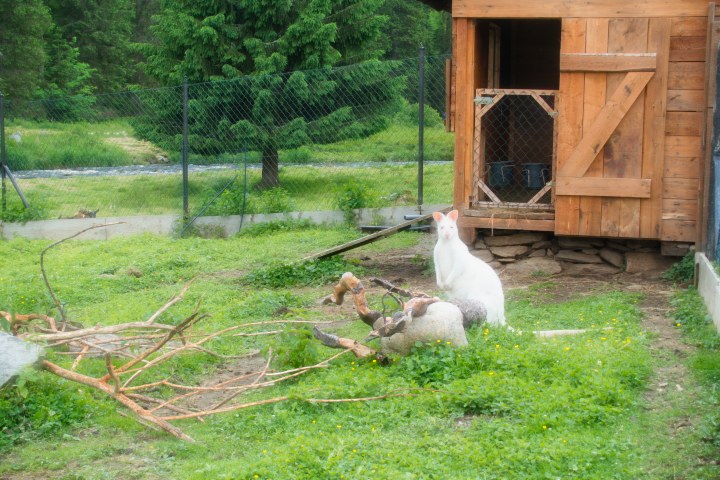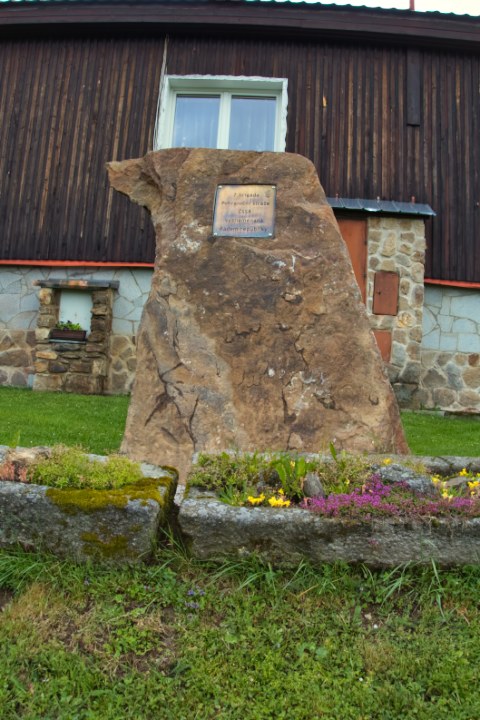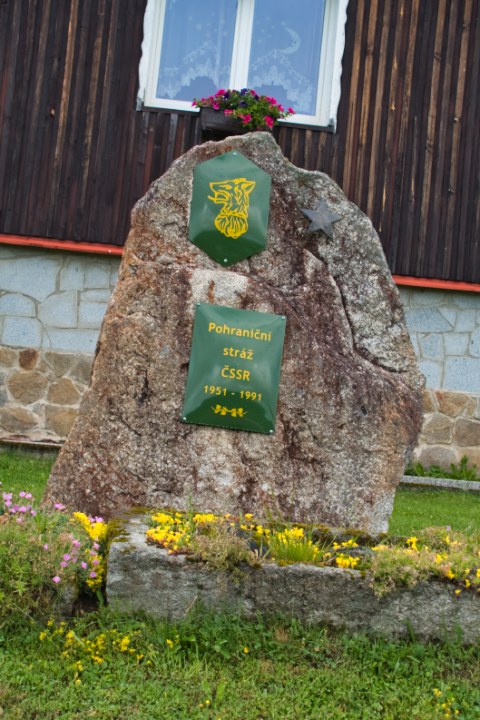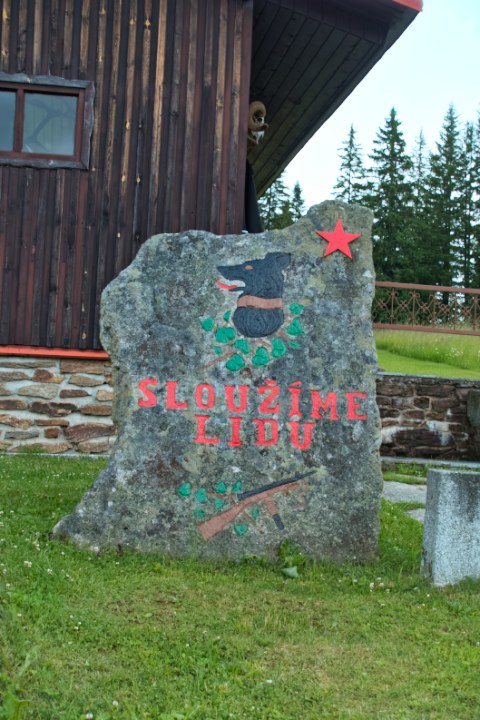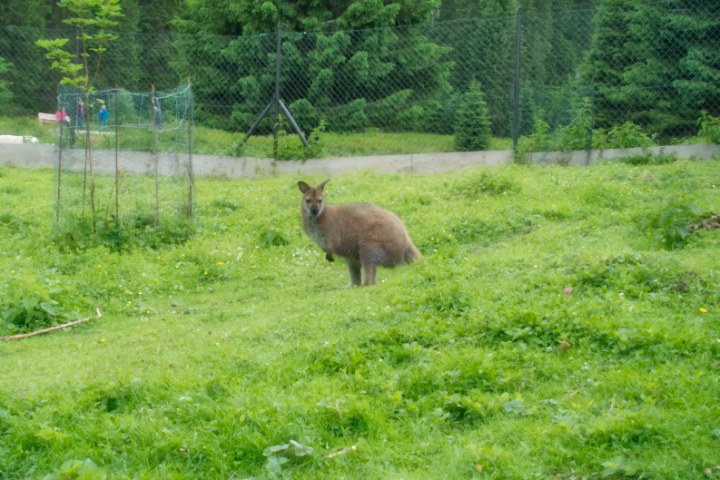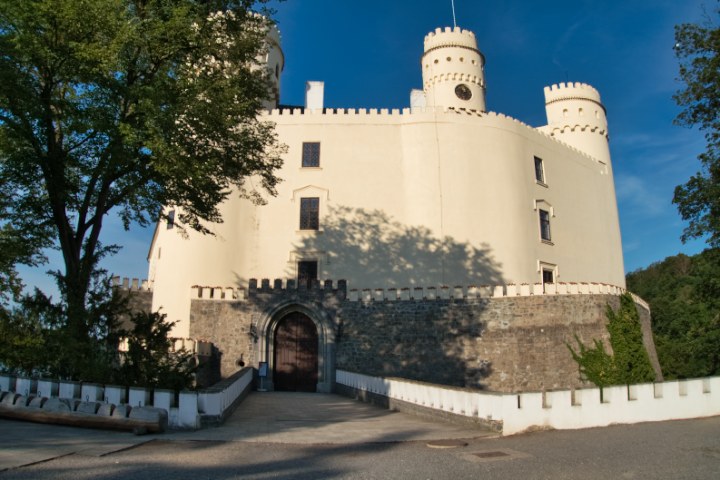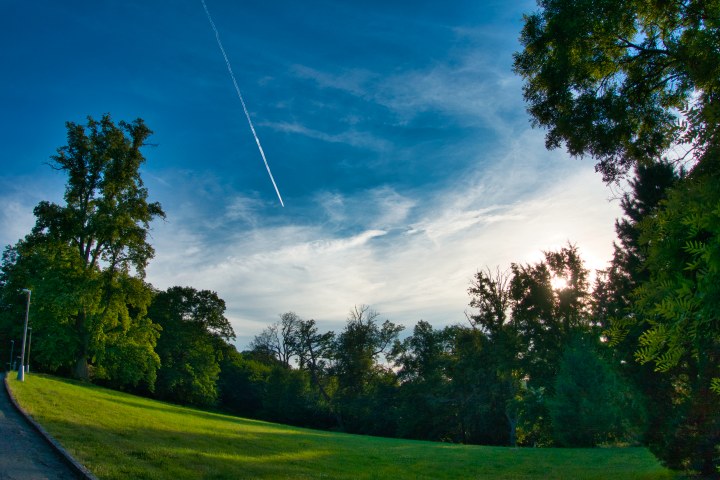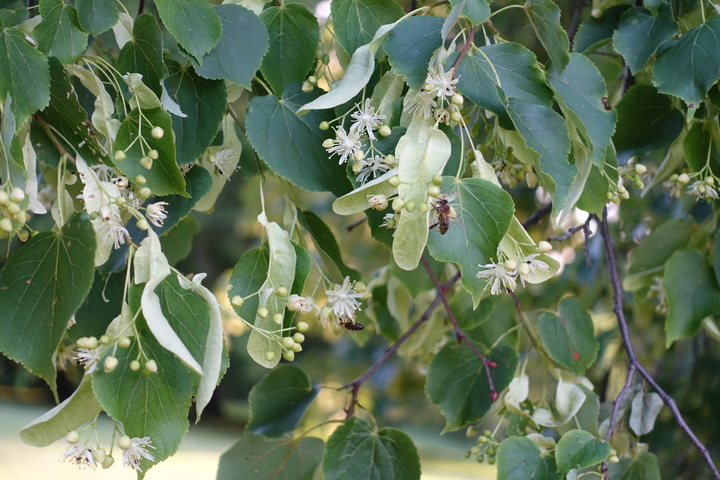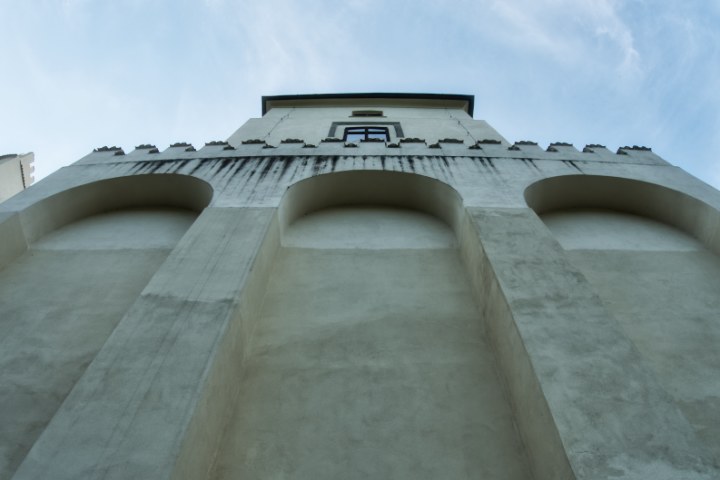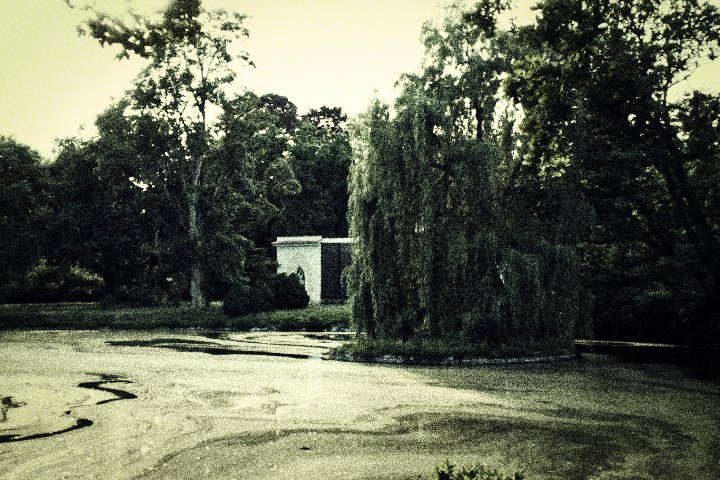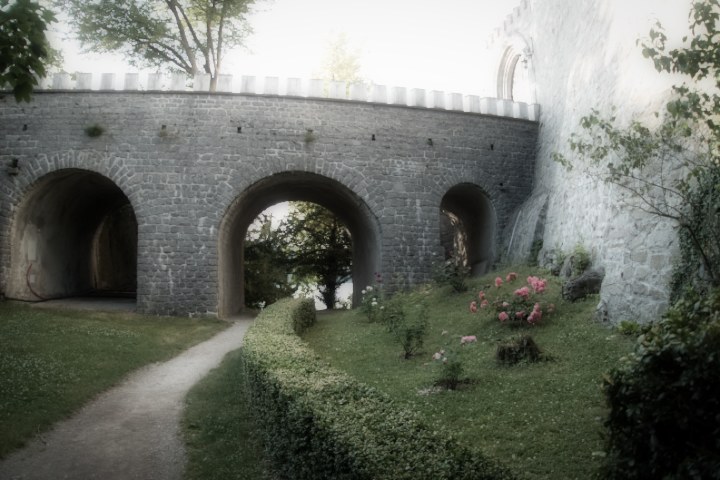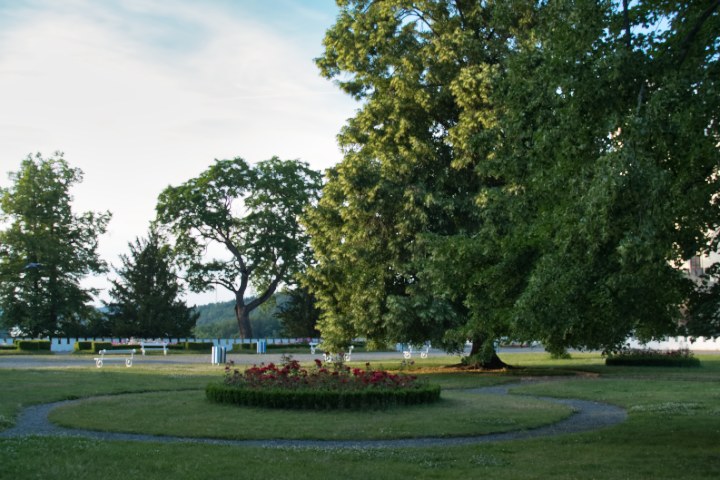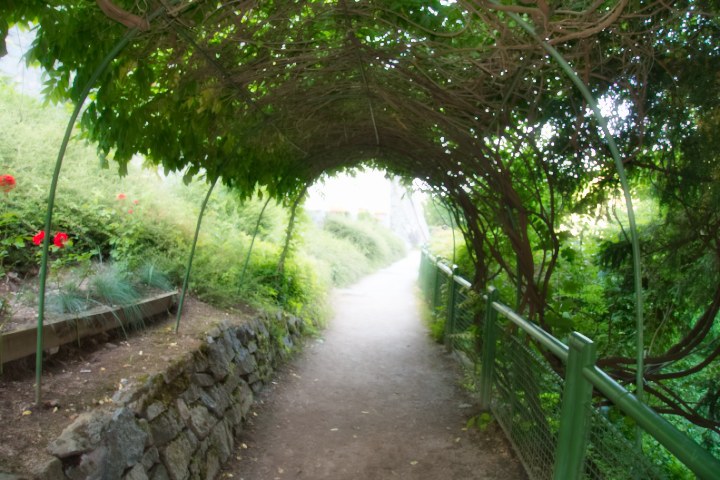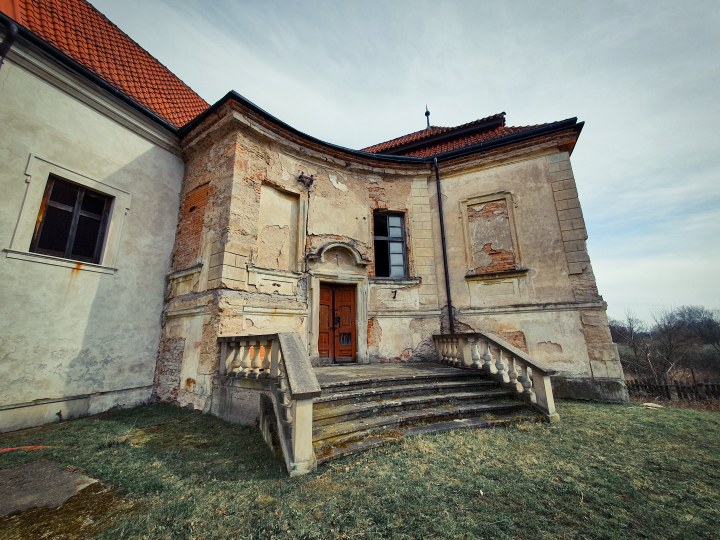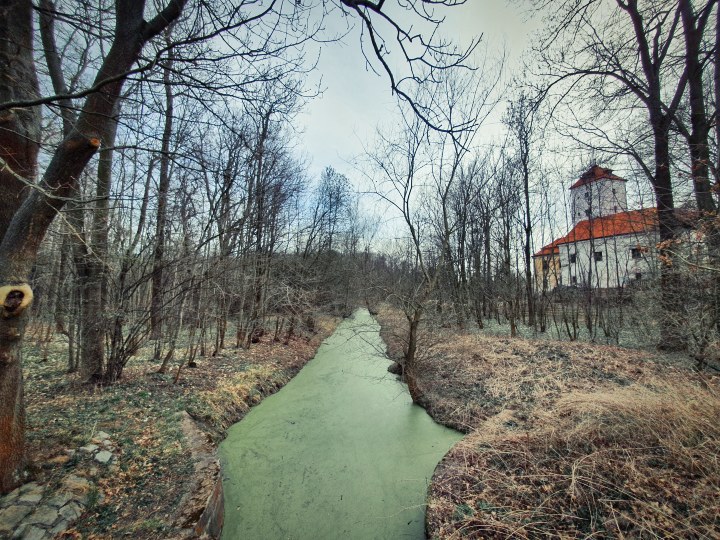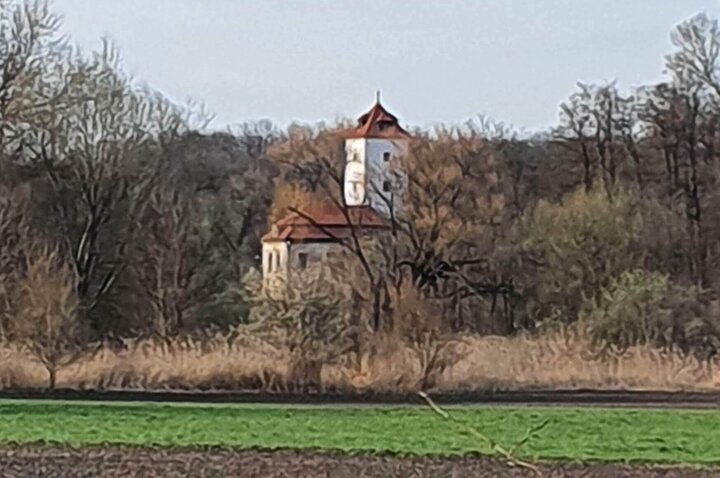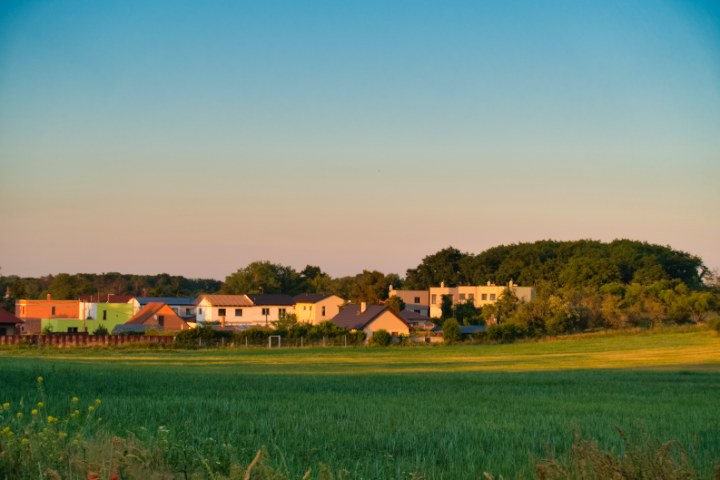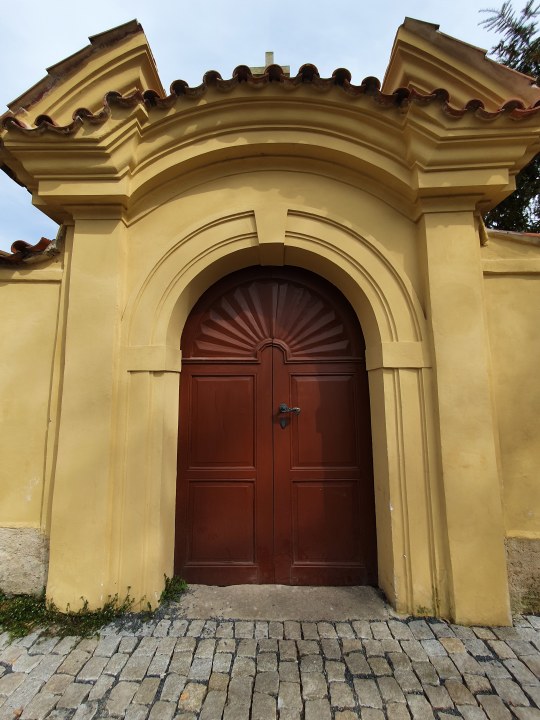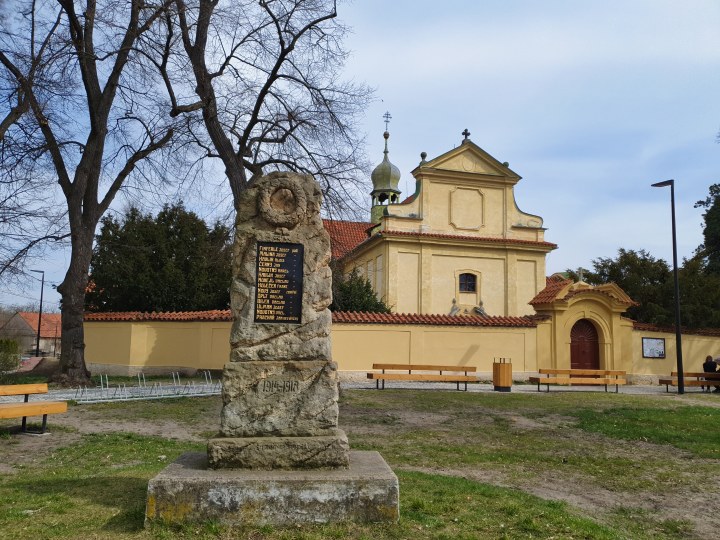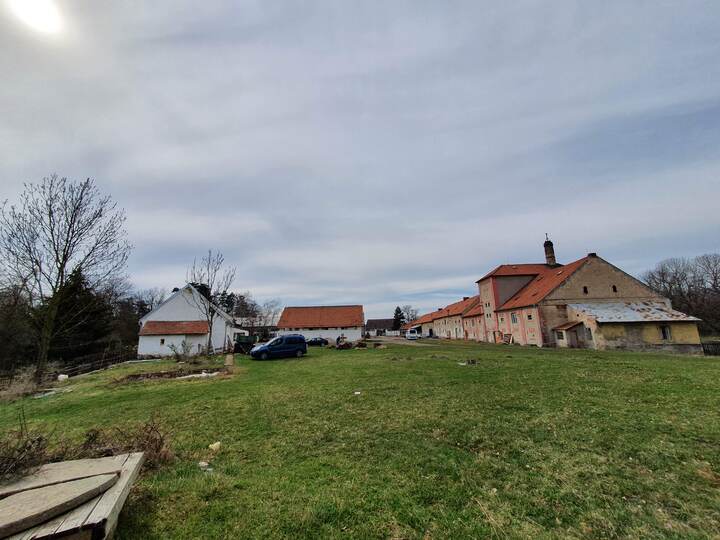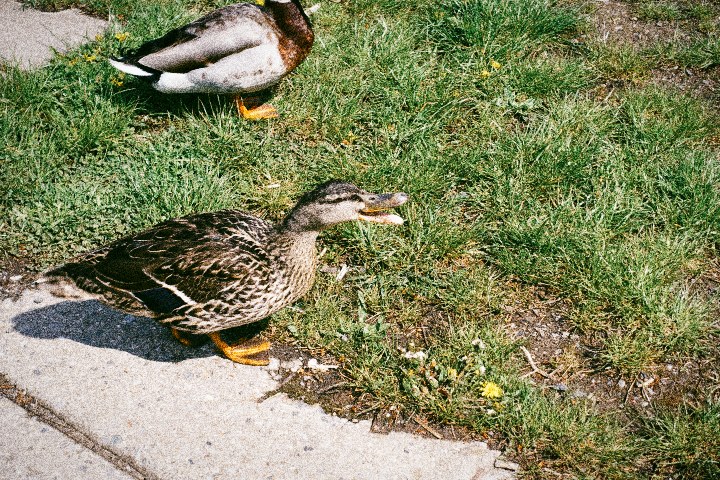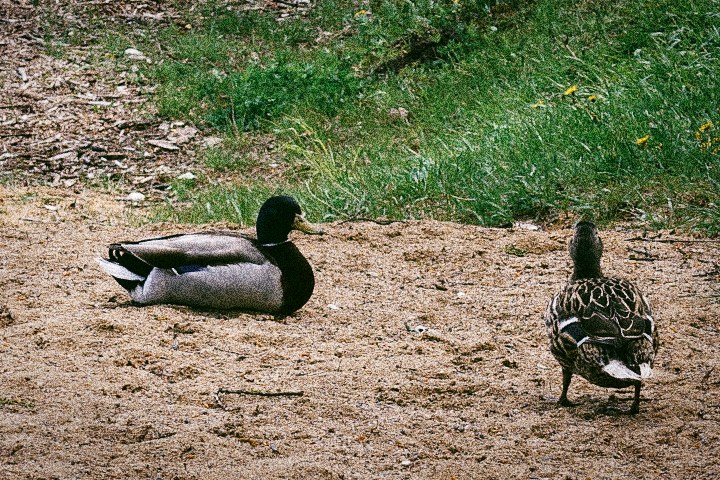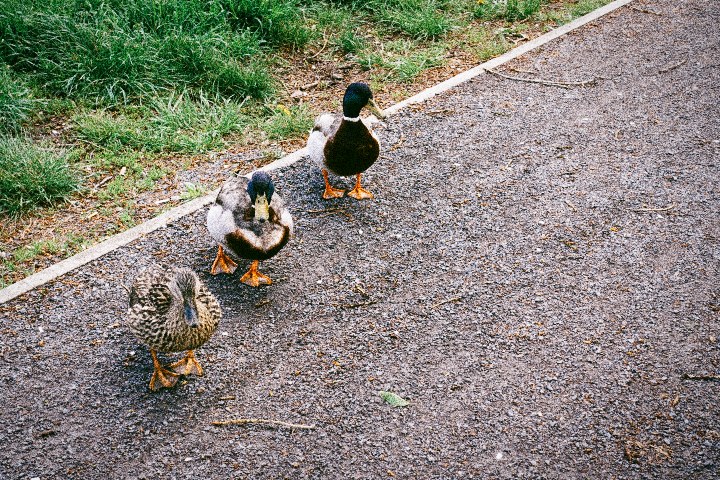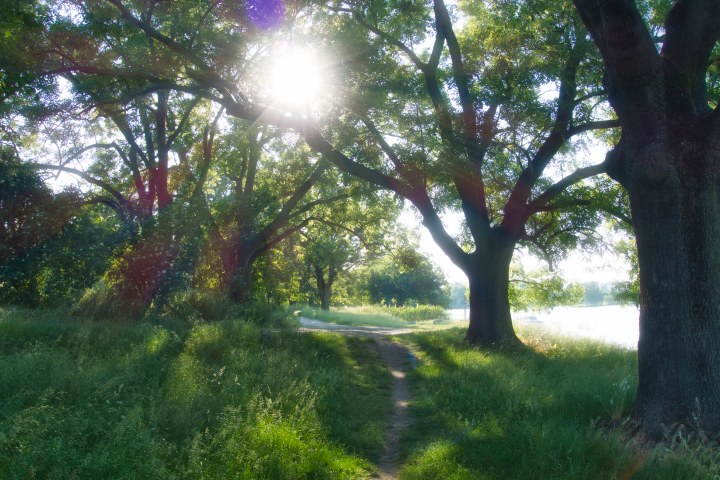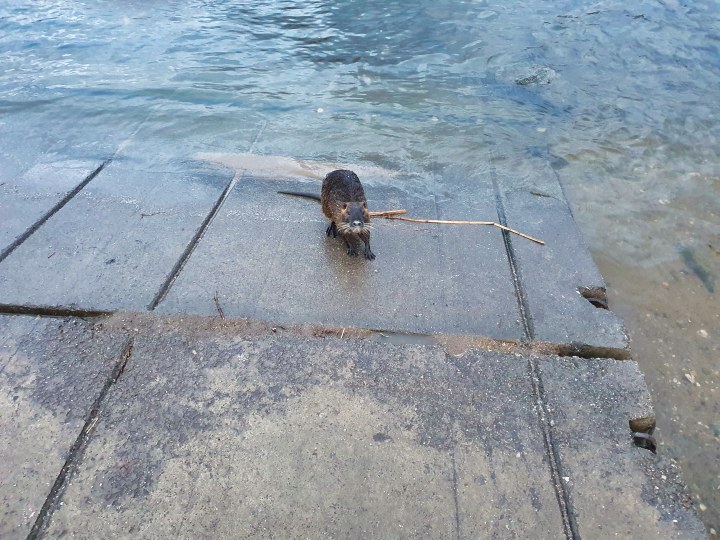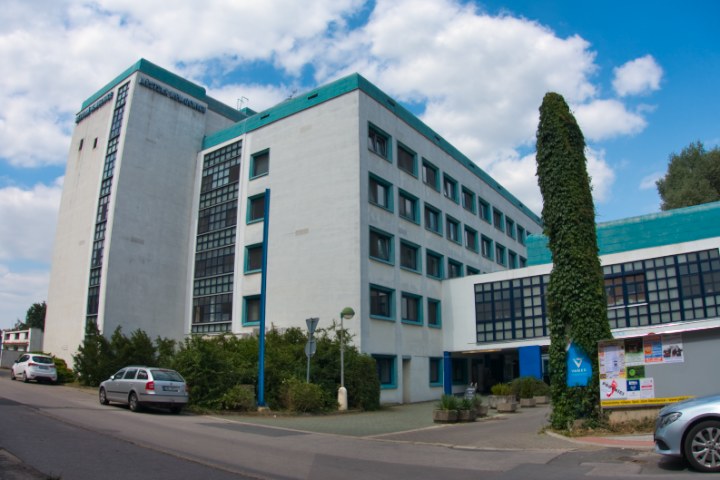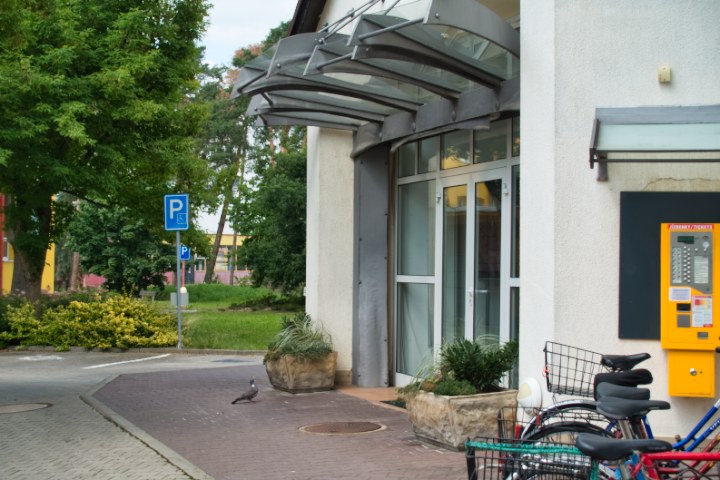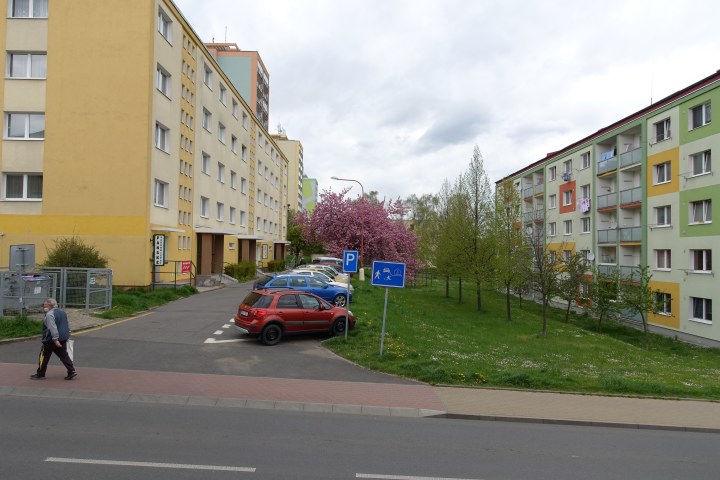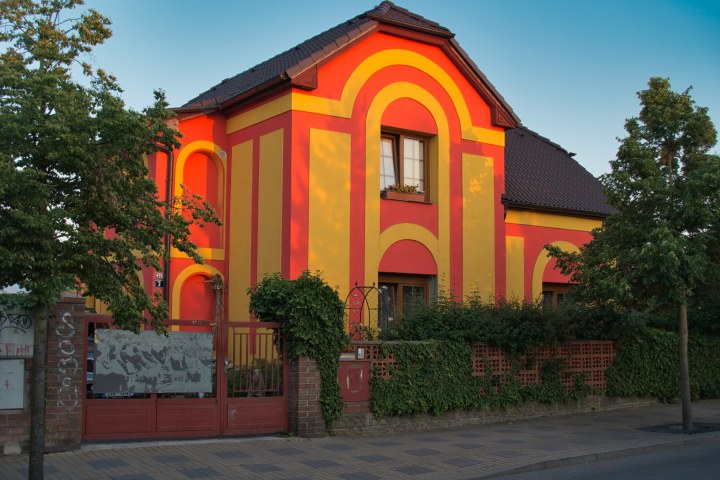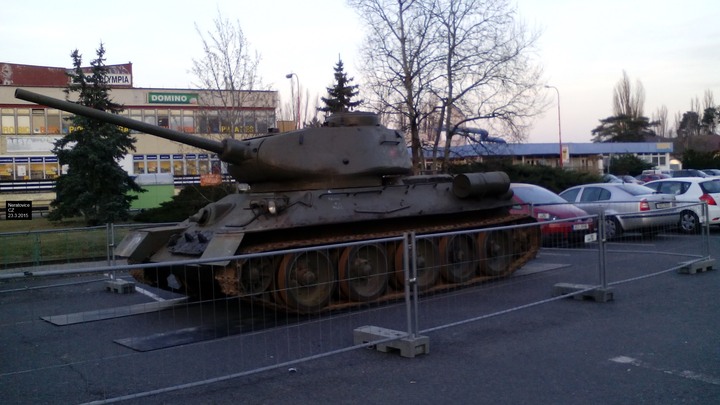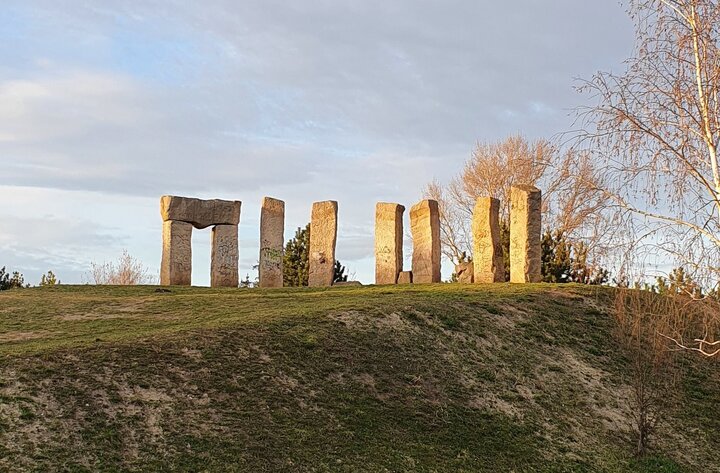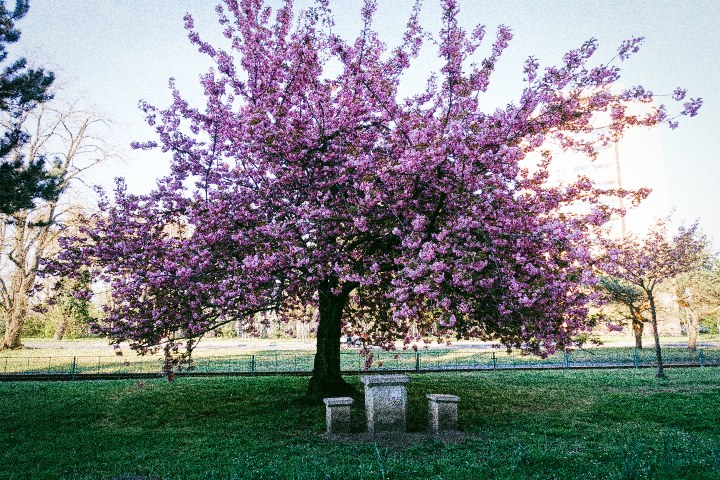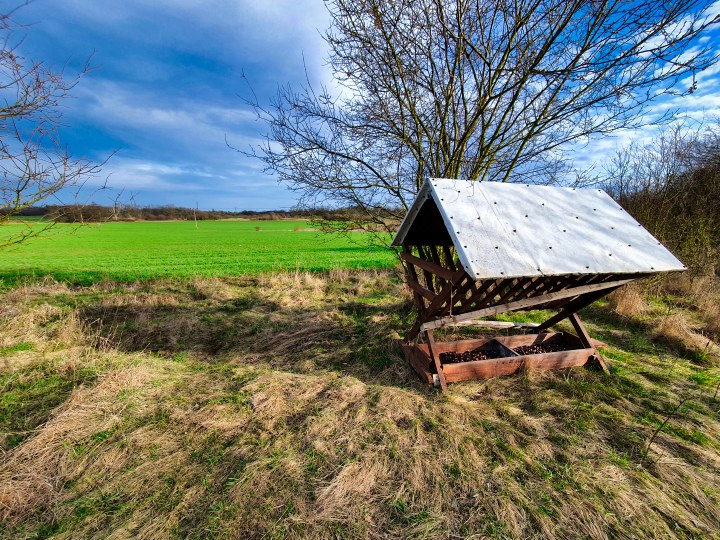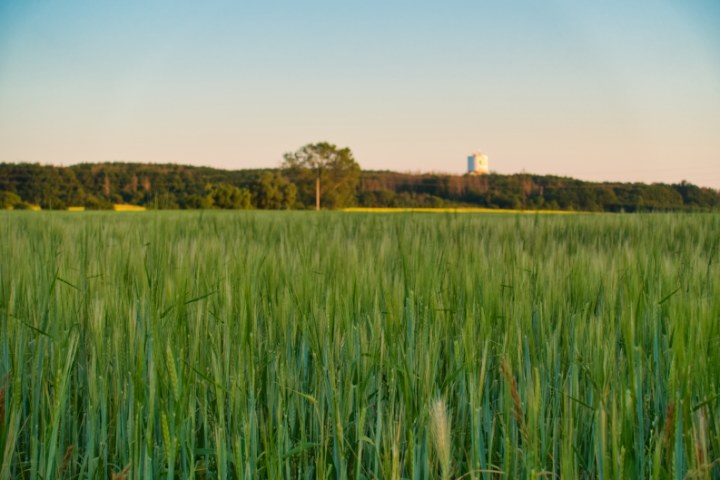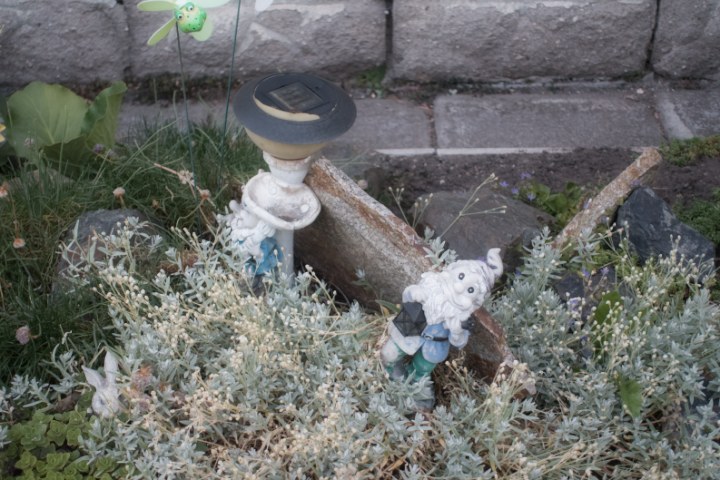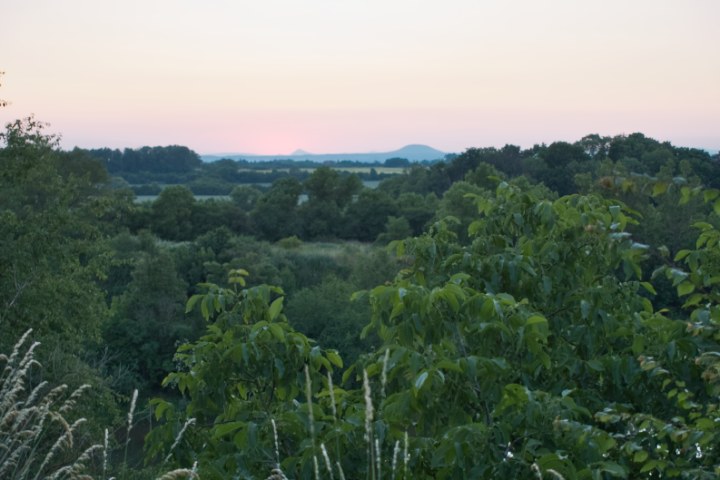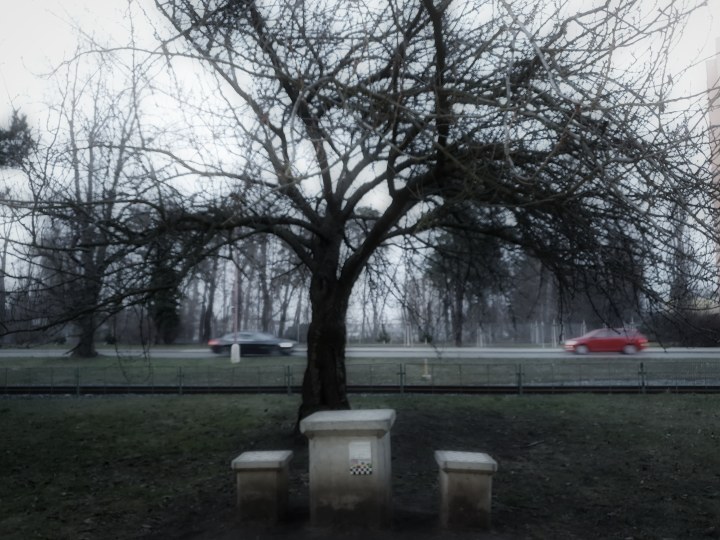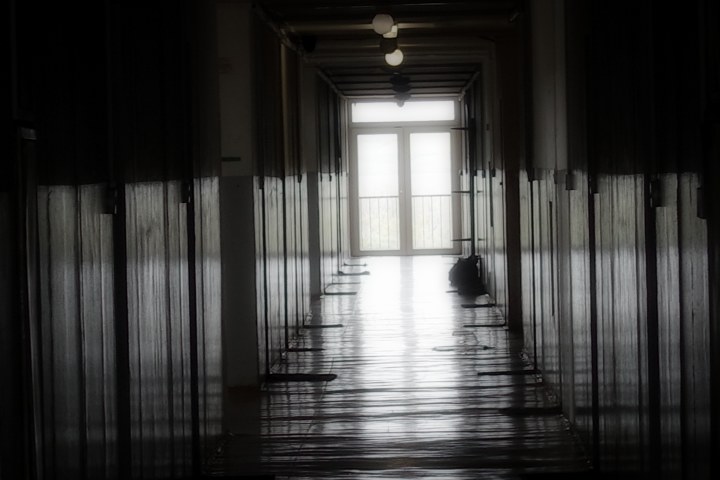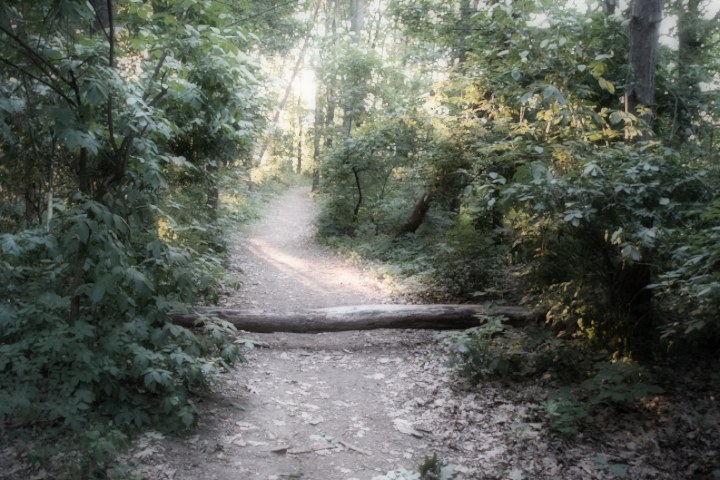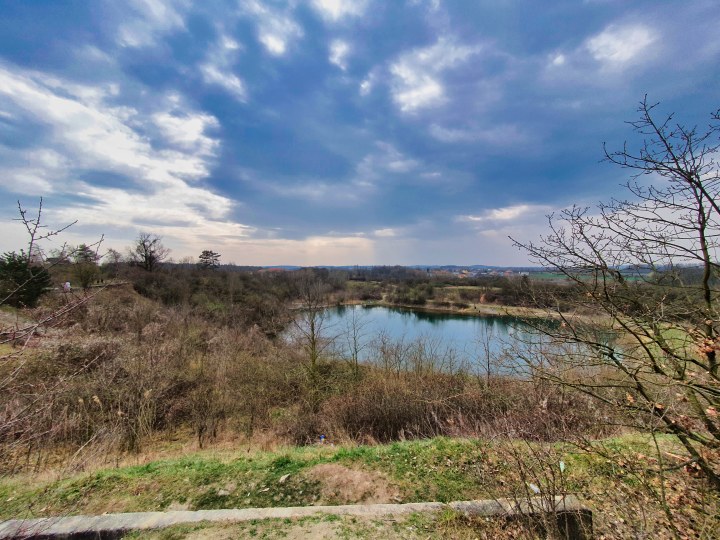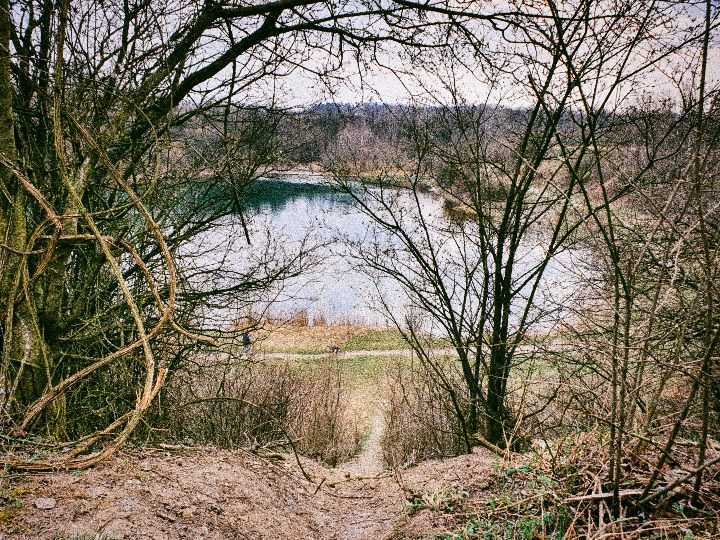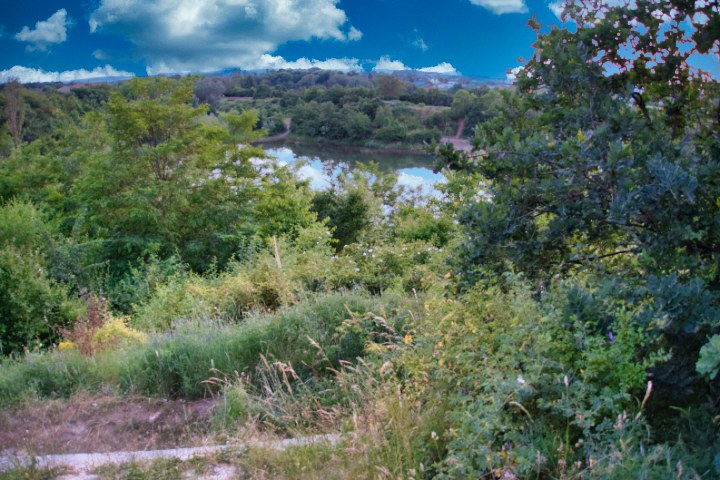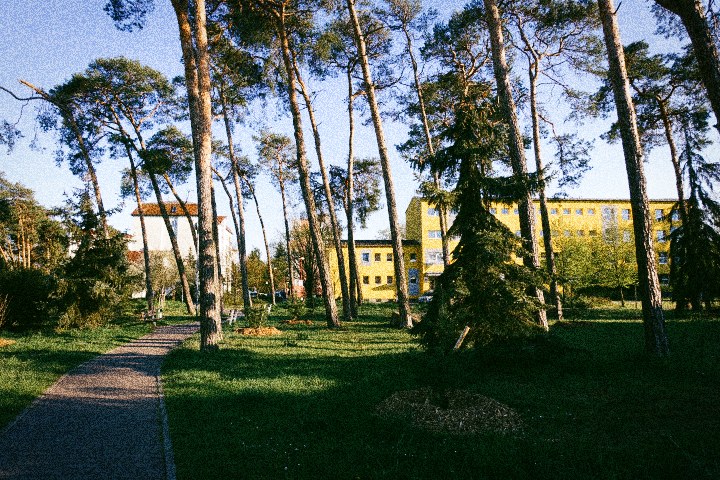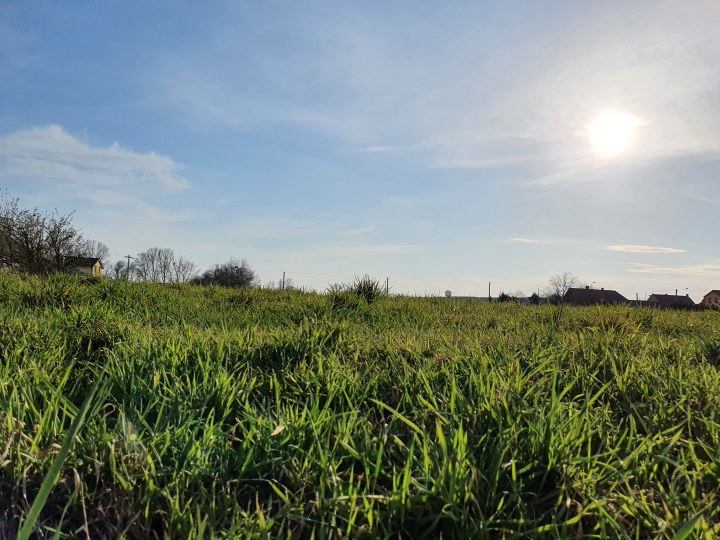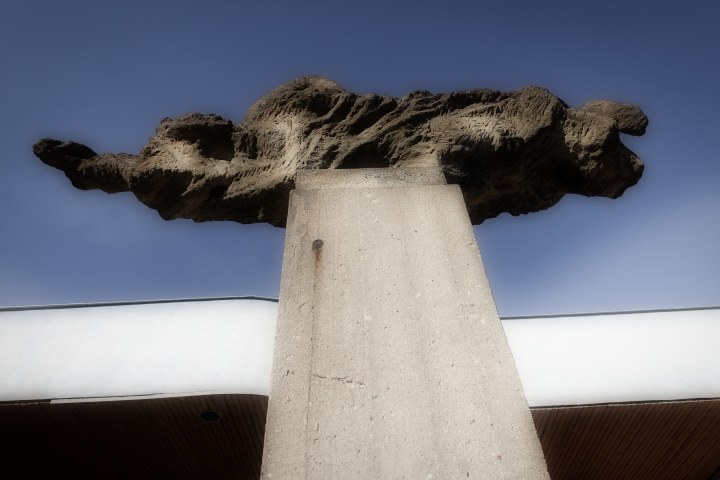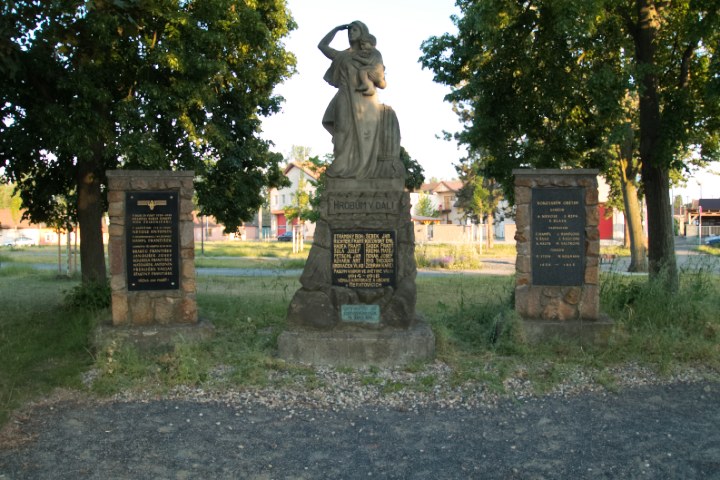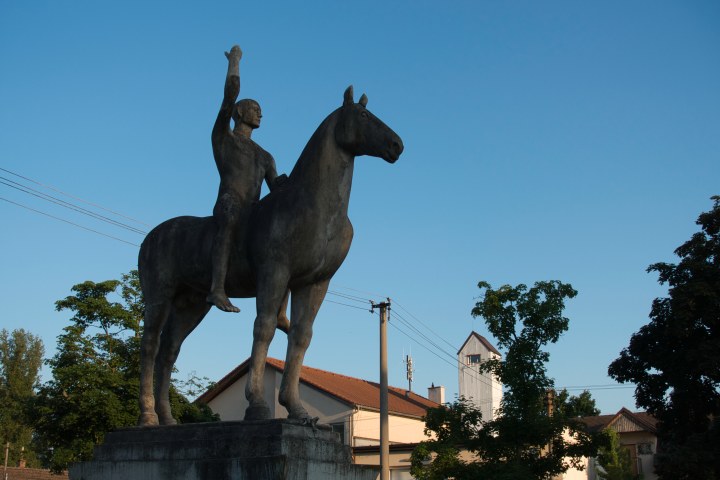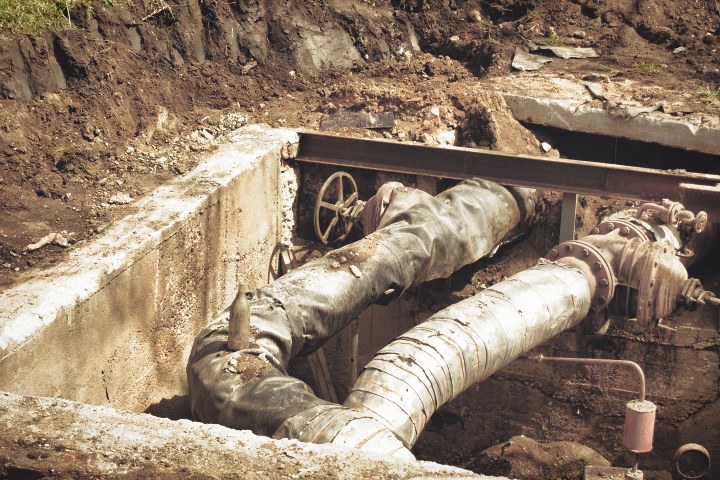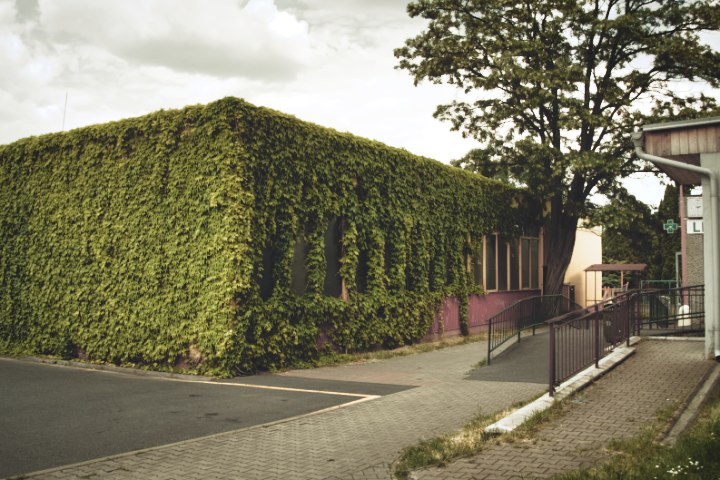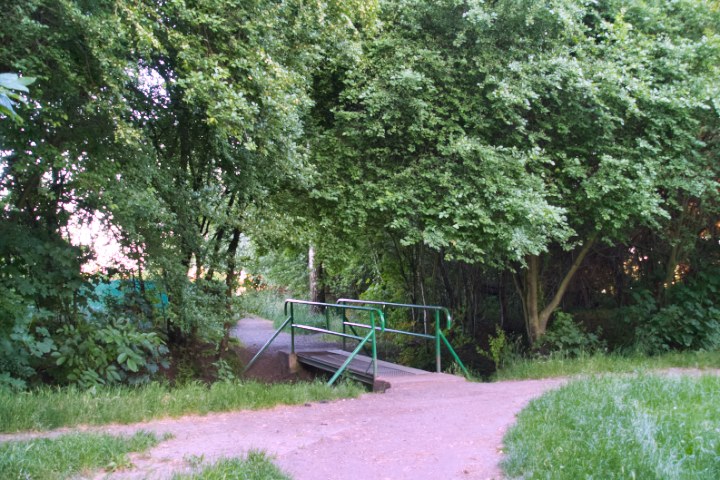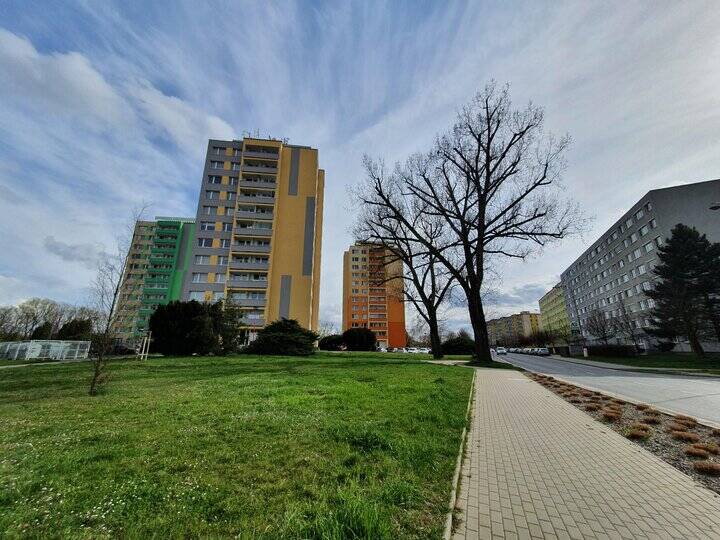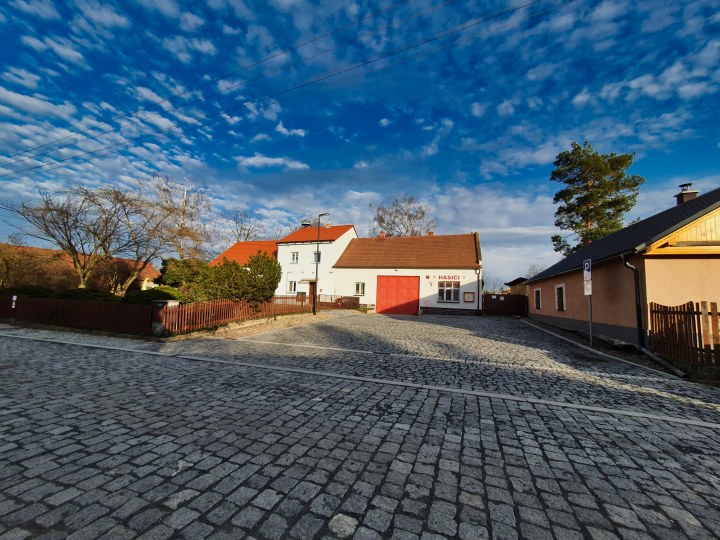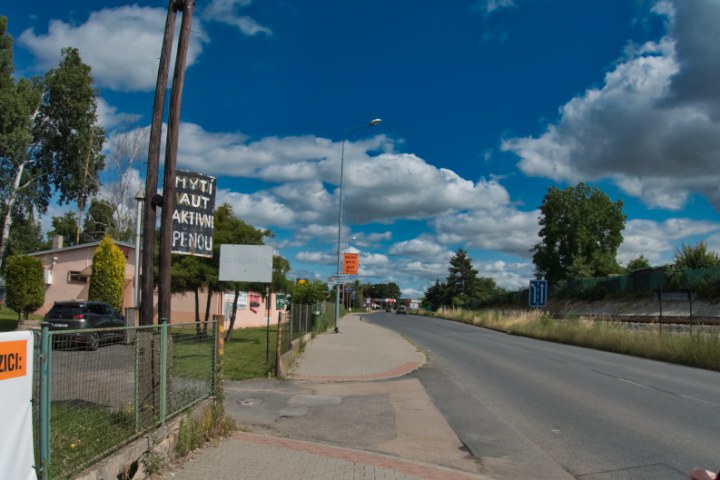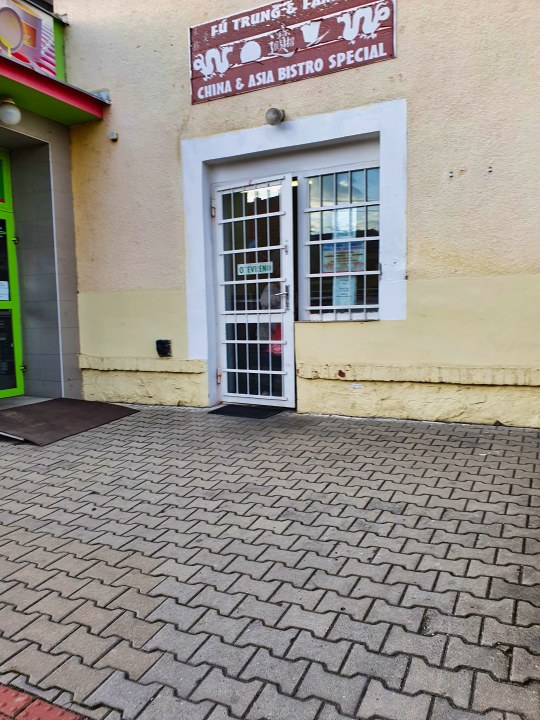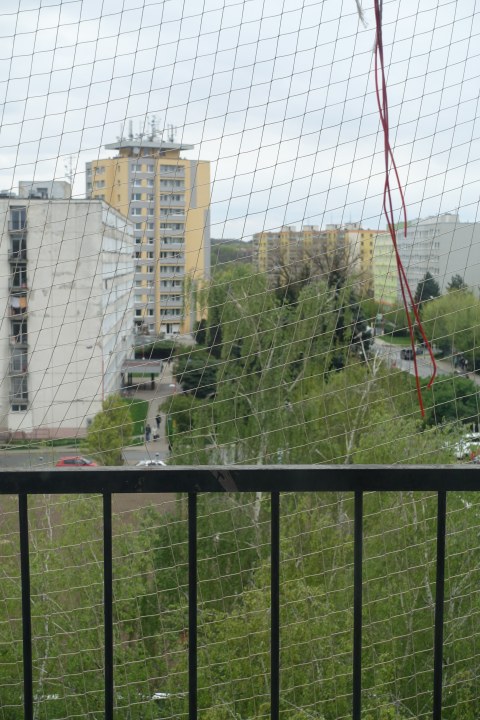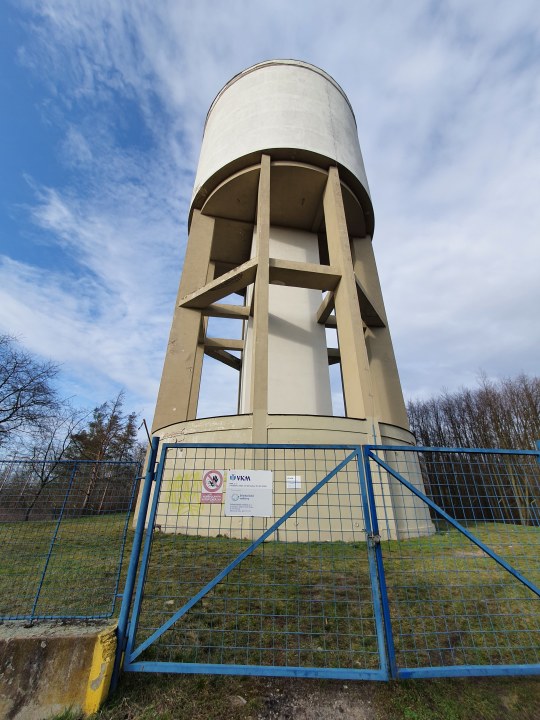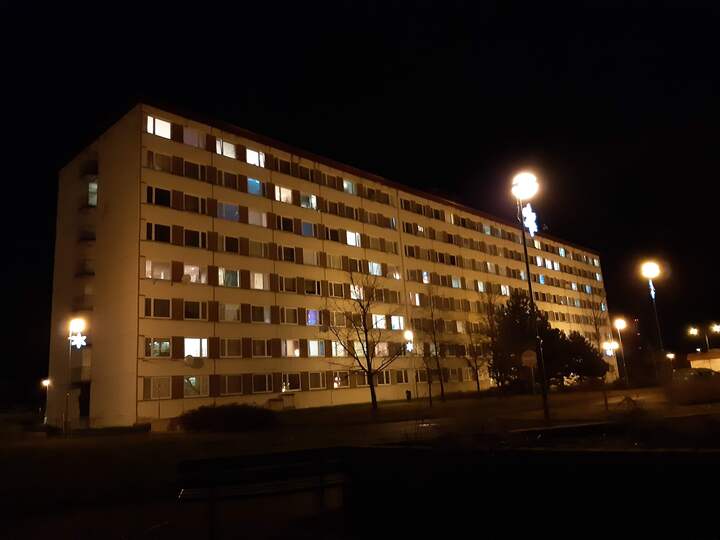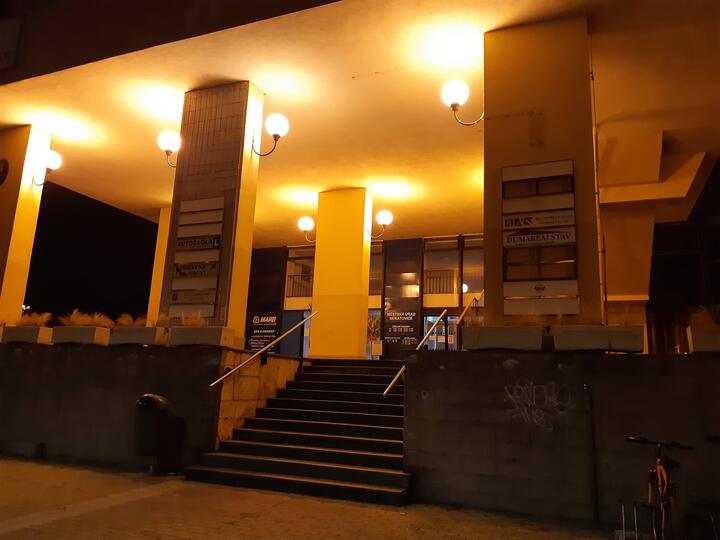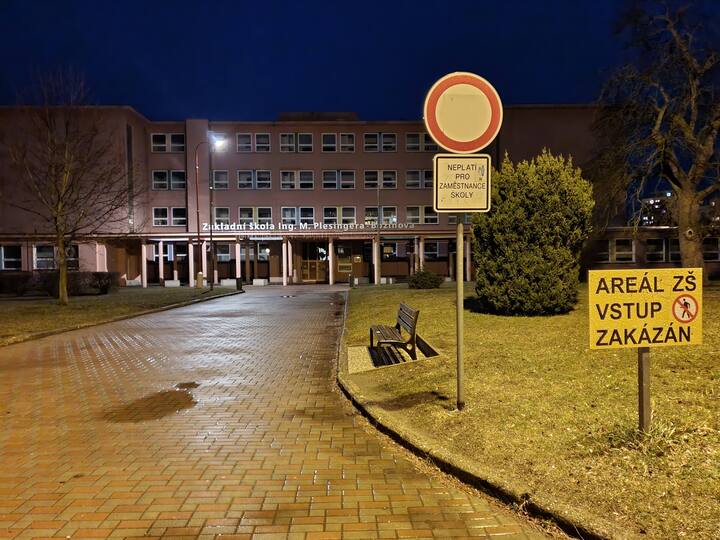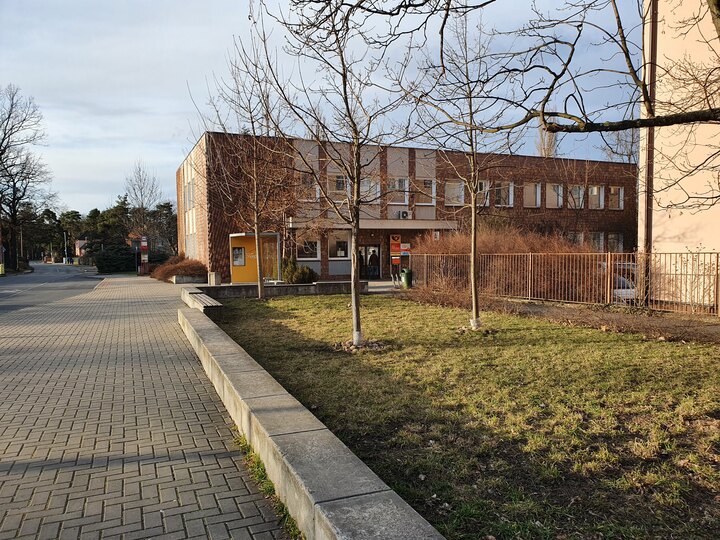Neratovice is a Central Bohemian town in the Mělník district, of the Czech Republic. Bohemia (Čechy) is a region of the
Czech Republic, taking up the entire western half of the country around the Prague capital. Back in around 1900 it was
expanded into a panel town around the Spolana Chemical Plant, but its history goes way back into the 13th century.
It was originally a recreation spot for Prague inhabitants when Neratovice became a panel town. Most inhabitants of
Neratovice commute to Prague for work, taking anywhere from 30 to 90 minutes by public transport or 20 - 60 minutes by
car. Neratovice itself doesn’t have many spots for culture, so either you’re going into the nature or Prague. If you
want to go sightseeing, clubbing, shopping in a large shopping center, buy specialized goods like electronics,
plumbing or good clothes, you’re taking the 348 bus line to Prague. It’s also a much less depressing looking
city, and it’s something all Czech people have in common.
Think about this, the entire Czech population is around 11 million at the moment. That’s a smaller American town.
Don’t think of Prague as if it’s a city. Think of Czech Republic as if it’s one large city. Think of Prague as if it’s
the largest culture hotspot in the City. Smaller towns are built around larger ones exactly for this purpose. The
other large town for Neratovice is Mělník, the regional capital of the Mělník district.
Let’s talk about housing in a Bohemian town. It’s an interesting topic, especially now that the housing crisis has been
going on for a few years.
The structure of a the Republic goes as follows:
- Village: Mlékojedy, Lobkovice, Korycany, Horňátky (In this case they’re also part of Neratovice, but it’s not
always the case)
- Town: Neratovice
- City: Prague, Mělník
- District: Mělník
- Region: Central Bohemia
- Historical Region: Bohemia
- Country: Czech Republic
There are three main types of residential buildings in this, and most other panel towns:
- Panel House (Panelák “prefab”), a tall rectangular building - a quarter of the Czech people live in them
- Regular, expensive, usually rented
- Social, cheap, rented
- Hostel, cheap or expensive, always rented
- Tower House (Věžák “high-rise”), a tall square building, a type of panel house
- Regular, expensive, usually bought
- Family House (Rodinný dům), also called a house (Dům)
- Super expensive no matter the size, usually bought
- Called family, because it’s inhabited by a single family
- You can rent out spare rooms for $300+ depending on the quality
There can be anywhere from a dozen/two dozen flats in a tower house to straight up hundreds of them in a single panel
house. A flat consists of a living room, a small hallway, bedroom, kitchenette (kitchen isn’t a separate room, rather
it’s a stove, fridge and a counter somewhere by the wall of one of the other rooms), and a bathroom + toilet. However,
there are many types of flats.
- Garsoniera (Garsonka) - the smallest type, these usually cost around $400 - $500 a month and have everything in a
single room, usually with a stove or at least a fridge
- 1+0, which are rare. These have no kitchen nor a kitchenette.
- n+x, n is the number of rooms, x can either be a number “1” for a kitchen or “kk” for a kitchenette
- Most typical ones are 2+kk which start at $400/month
A typical house isn’t affordable by a single person, only families with multiple incomes. They’re called “Family
houses” or “Rodinný dům”. The cost for a family house starts at around $150000 (although right now it’s usually double
that) which is the equivalent of over 200 full months of wages at minimum wage or around a 100 at average wage.
Considering it takes around 8 full years worth of income to get a family house (which is impossible for a single person
to save up once you deduct monthly expenses), most people opt for a garsoniera or other forms of rented flats, or
bank mortgages for around 2.5% to 3% a year starting at 5 years and going up to 30.
Let’s talk about the mortgages. If you borrowed $150000, you’d end up paying $550 a month, being roughly the equivalent
of a rent, however, you sell your soul to the bank and if you are unable to pay, you might just lose the house. Take
into consideration that the minimum wage is around $670, and it can take well above the half of that to pay your
monthly expenses.
There’s one last type of housing I haven’t talked about - hostels. Hostels can be cheap or expensive… you can most
likely find a hostel that you will be able to afford. Social housing often has a dedicated floor or two just for the
purposes of “temporary” renting. The reality is that many people rent out hostels for their entire lives, especially if
they’re a family.
What’s so bad about hostels? Well, the lower the price, the lower the quality. If you pay the typical $500, you’re
probably getting a solid flat. If you pay a $100, you’re most likely in a room with 3 - 11 other people, someone might
walk around in your room at night, your neighbors might be ex-cons or the homeless (now, I am in no way against the
homeless, I’m just saying - if they can afford it and still be called homeless… it’s probably not very good quality,
might be moldy, might be infested with cockroaches, bugs or other insects).
Essentially the ‘you get what you pay for’ projects to your sense of safety and good nights rest. Some cheaper hostels
are also available only at night, meaning you can sleep there, but you need to be somewhere else during the day. They
often have a curfew, so that the residents don’t stumble in drunk at night. They’ll stumble in drunk in the evening and
drunkenly snore the entire night away…
Then again, you might have an awesome view (6th floor and upwards on the outskirts of the town is amazing), great
location with a bus stop in front of the house, supermarket right next to the building, and other perks like that,
which simply aren’t always available next to a family house, as there’s just not enough space for them there.
